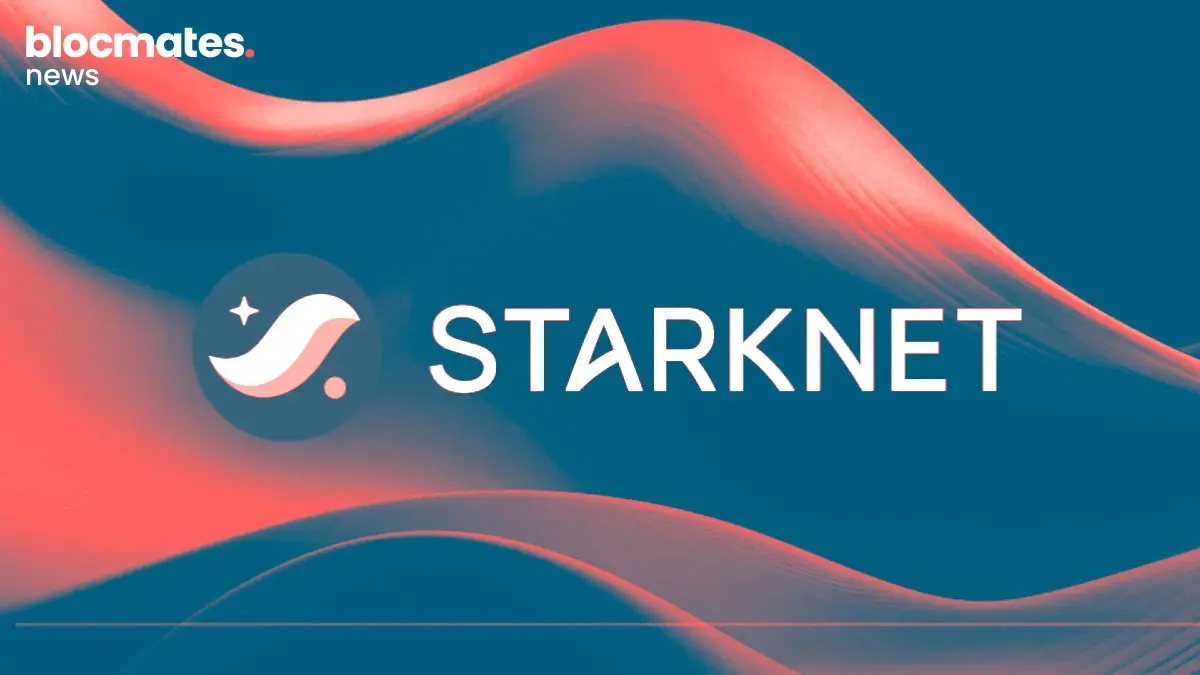Visa is doubling down on its crypto ambitions. During the company’s Q4 earnings call, CEO Ryan McInerney announced that Visa will soon expand support for four additional stablecoins across four unique blockchains.
The move highlights the payments giant’s strategy to make digital currencies a core part of its global payments infrastructure, allowing users to transact in stablecoins and convert them into over 25 traditional fiat currencies.
Visa’s expanding crypto footprint
While McInerney didn’t disclose which stablecoins or networks will be added, Visa’s upcoming integrations build on a foundation that already includes Circle’s USDC and EURC, PayPal’s PYUSD, and Global Dollar (USDG), spread across Ethereum, Solana, Stellar, and Avalanche.
Visa’s stablecoin business has seen notable growth in recent years. Since 2020, the company has processed more than $140 billion in crypto and stablecoin flows, while its stablecoin-linked card spending has quadrupled year-over-year.
The firm’s settlement network, which enables issuers and acquirers to move funds using stablecoins, has now reached an annualized volume run rate of $2.5 billion, reflecting how deeply stablecoins are integrating into everyday payments.
McInerney told investors that Visa is also ramping up its efforts with Visa Direct, a pilot initiative launched in September that lets banks and fintechs pre-fund cross-border payments using USDC and EURC.
The next phase, he said, will focus on giving financial institutions the tools to mint and burn their own stablecoins using Visa’s tokenized asset platform, while expanding stablecoin-based remittance and settlement services.
Global stablecoin momentum builds
Visa’s expansion comes at a time when stablecoins are becoming a key pillar of the digital finance ecosystem. According to latest data, global stablecoin transaction volume has climbed to $46 trillion, outpacing the growth of nearly every other crypto segment.
Governments and fintech firms worldwide are also moving to define their roles in the space. Earlier this month, the Bank of England signaled plans to ease proposed limits on stablecoin holdings, while Stripe launched its “Open Issuance” platform to help companies create and manage stablecoins through its partner Bridge.
Meanwhile, in Japan, JPYC Inc. rolled out the country’s first legally recognized yen-pegged stablecoin following new crypto regulatory guidelines.
As McInerney put it, Visa’s vision is simple: “There is much more to come in this space.” If that’s any indication, the future of global payments may soon be built on stable digital rails.
Furthermore, Western Union, a global financial service company, is preparing to step into the stablecoin arena with the launch of its US Dollar Payment Token (USDPT), slated to debut on the Solana blockchain in early 2026.
The token, which will be issued by Anchorage Digital Bank, is designed to streamline cross-border payments by offering near-instant transfers and lower fees compared to traditional remittance systems.
CEO Devin McGranahan said the initiative builds on the company’s long-standing mission to make money movement simpler and more accessible, this time powered by blockchain. Solana’s speed, scalability, and cost efficiency made it the natural choice for supporting Western Union’s high-volume global payments network, he added.











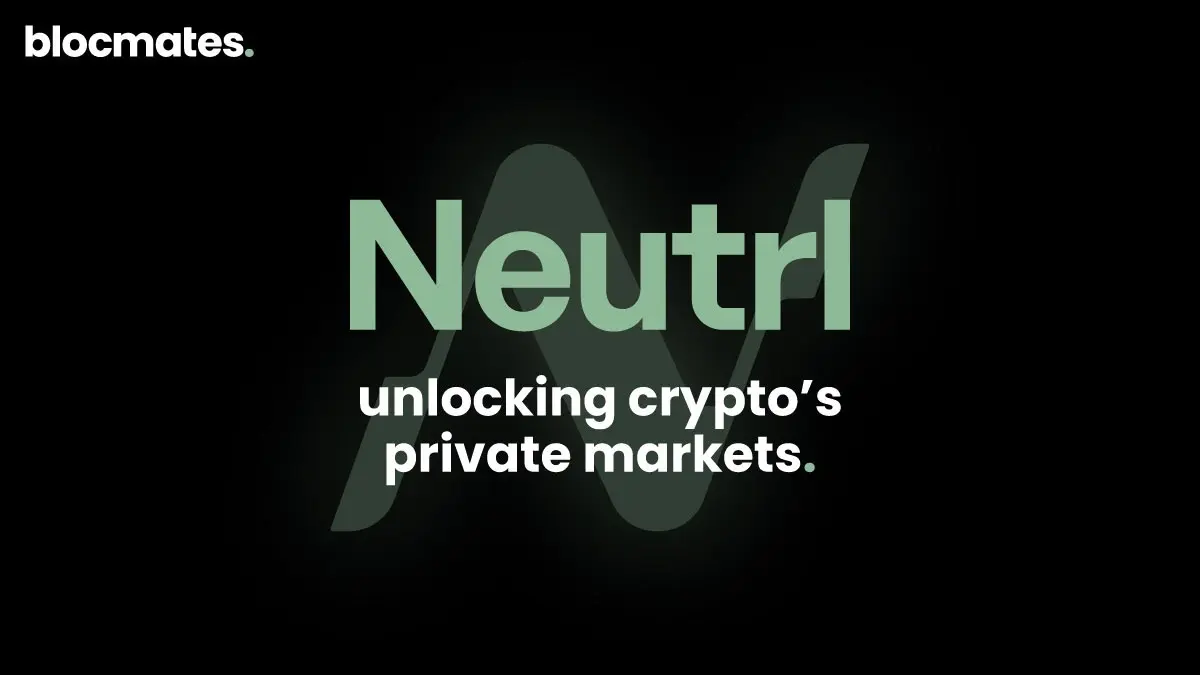


.webp)

.webp)
.webp)

%20(1).webp)
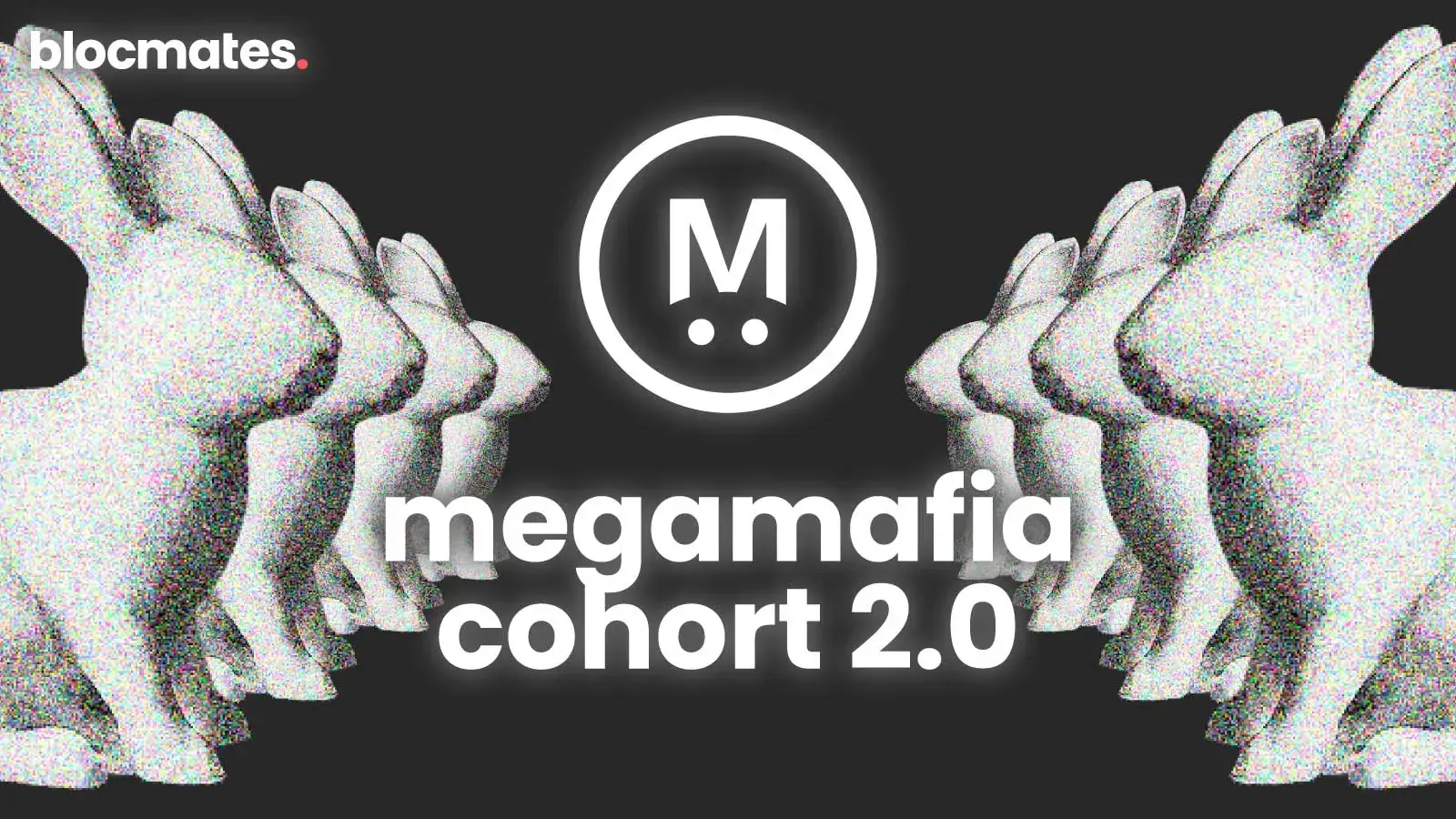
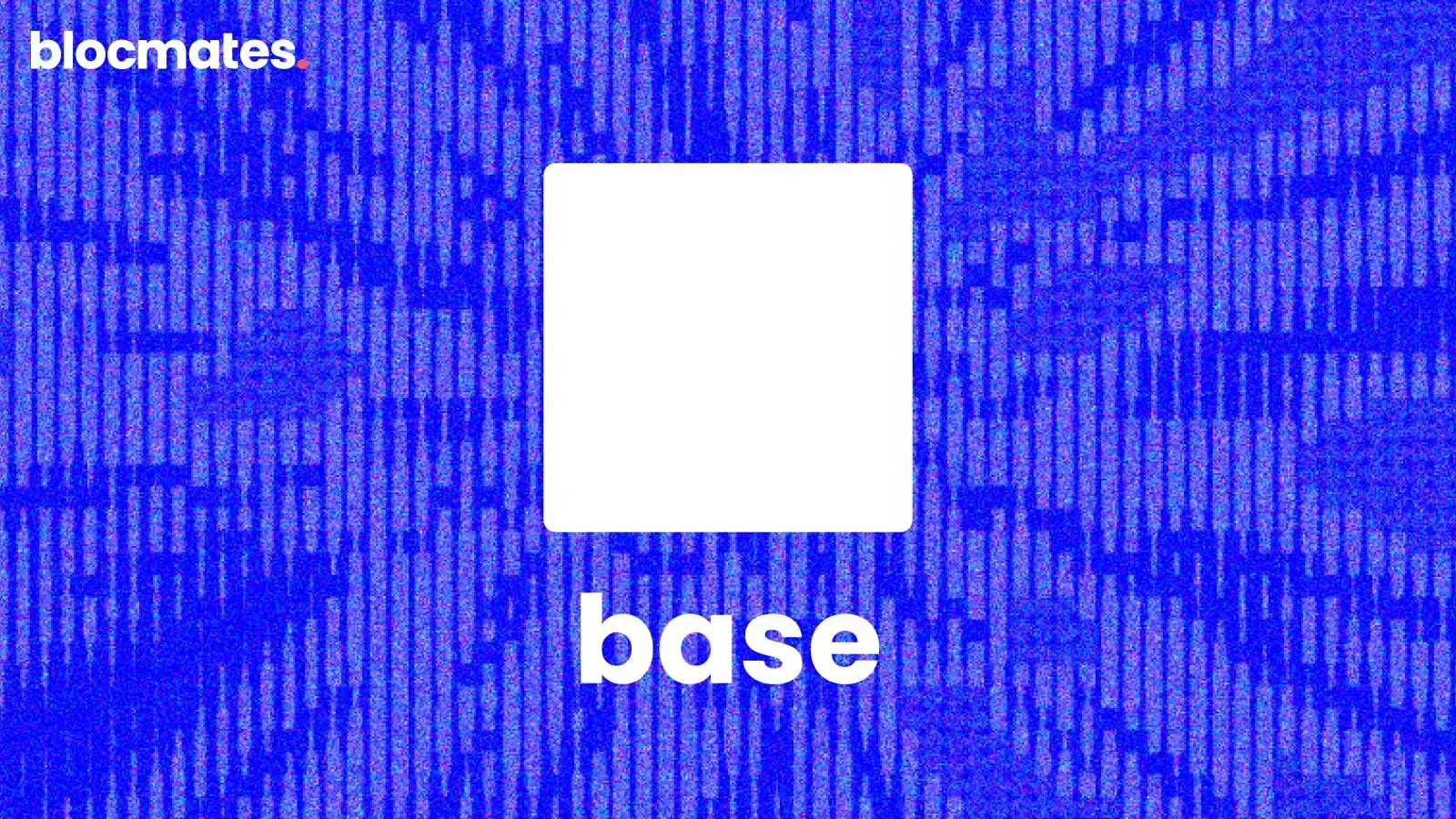
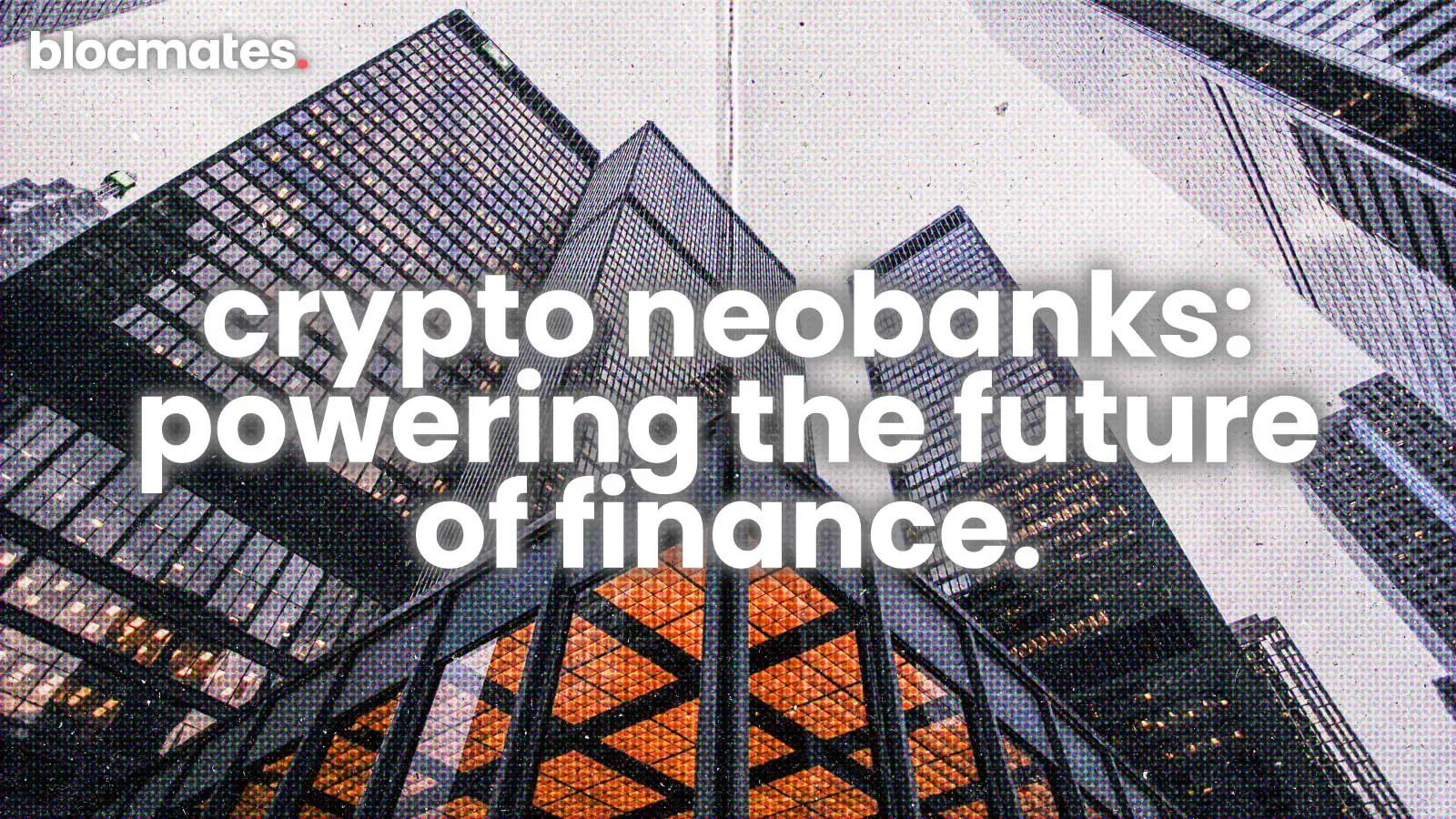


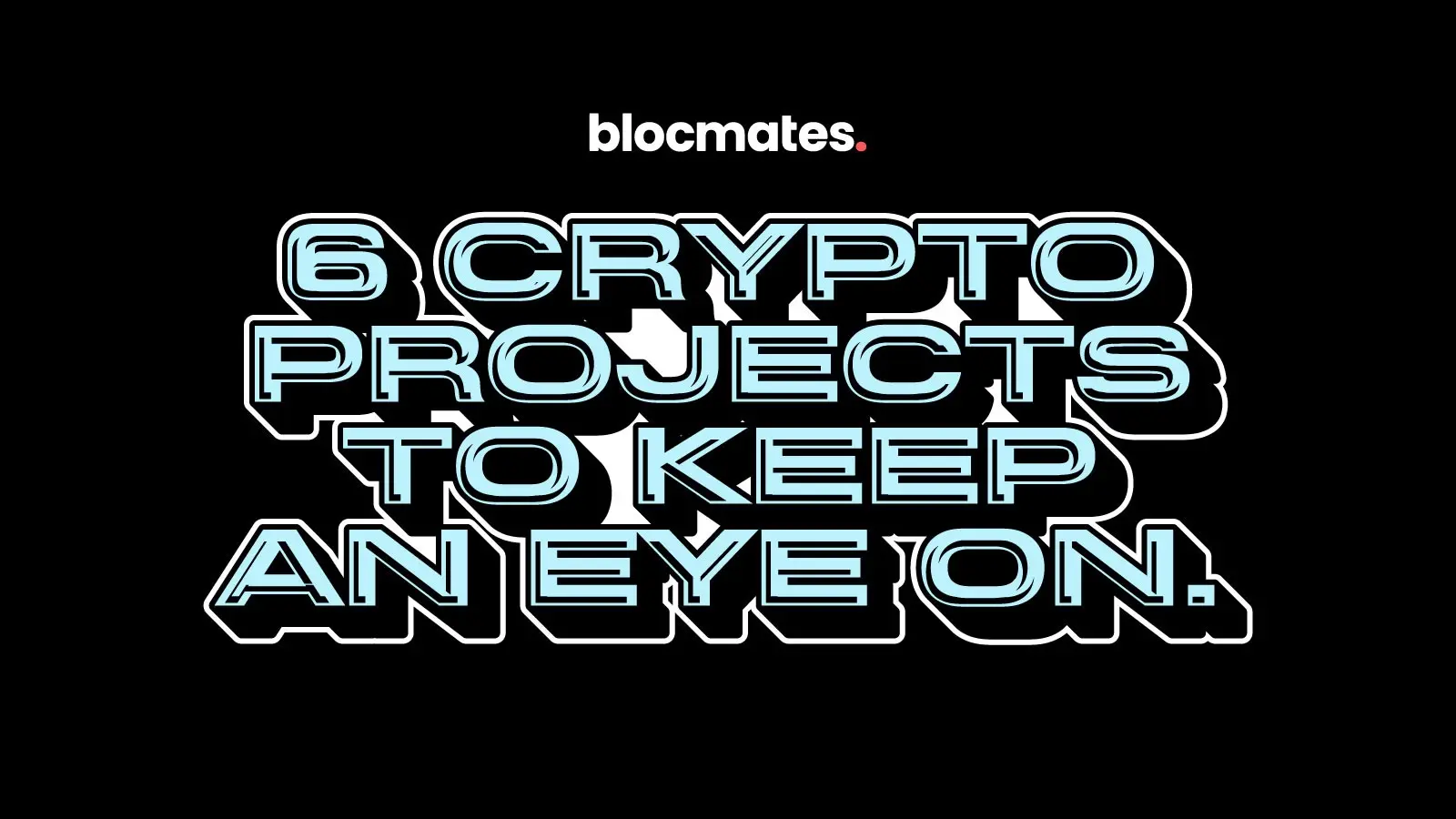
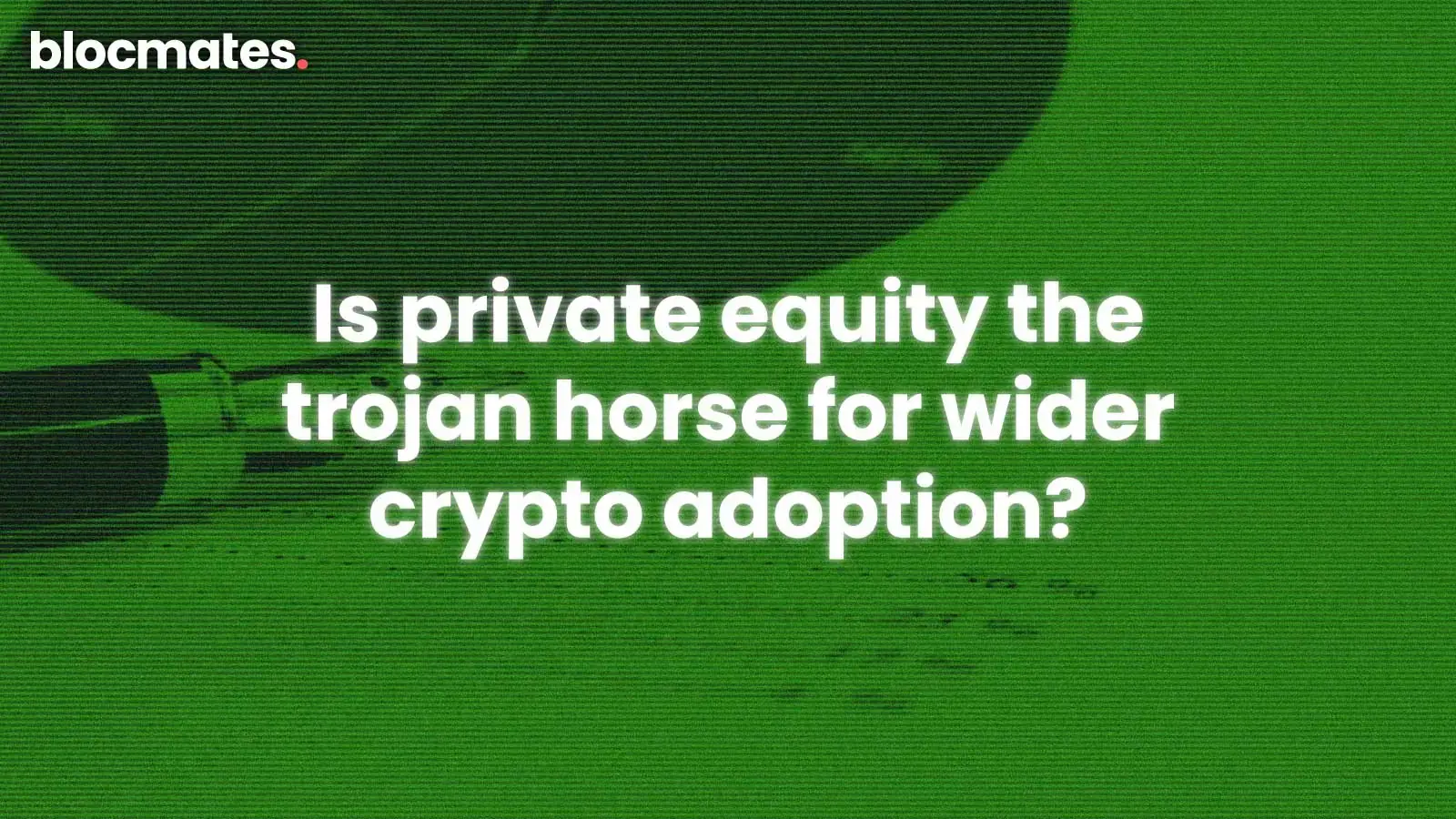
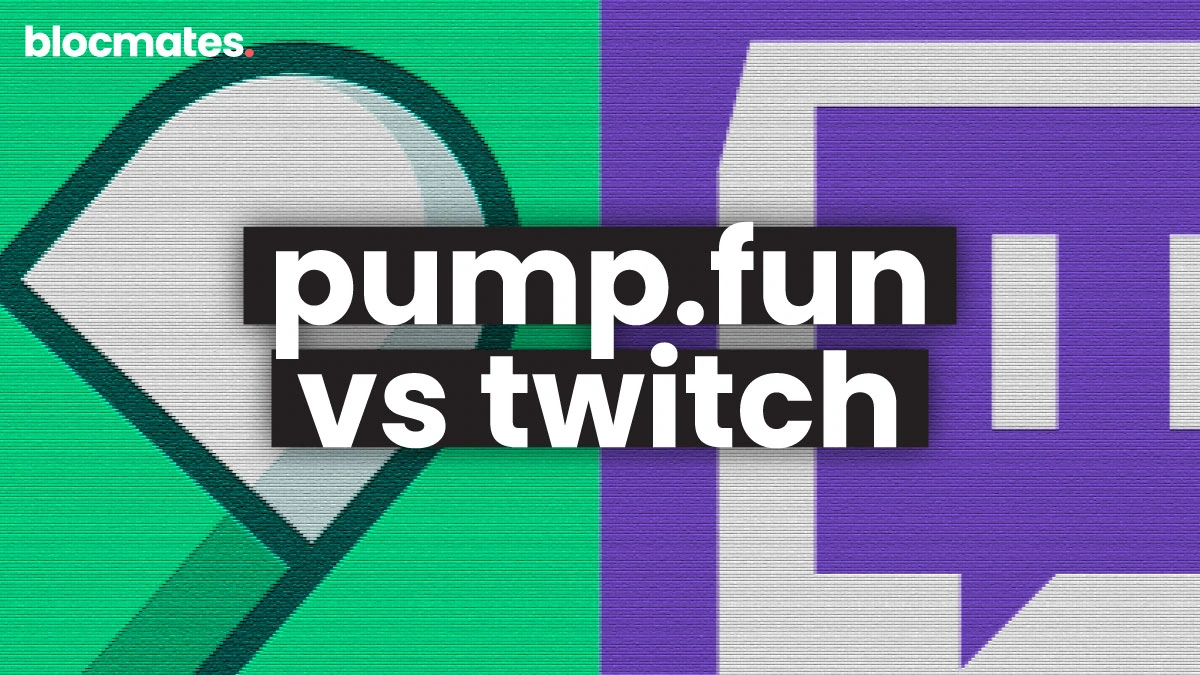

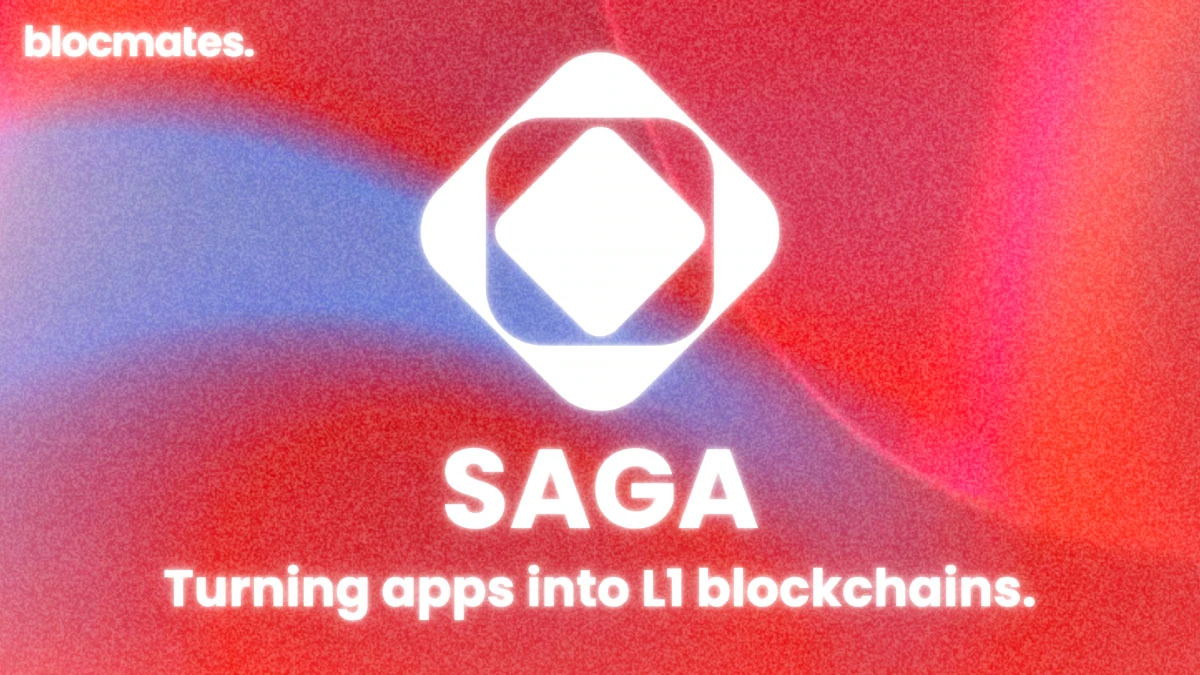
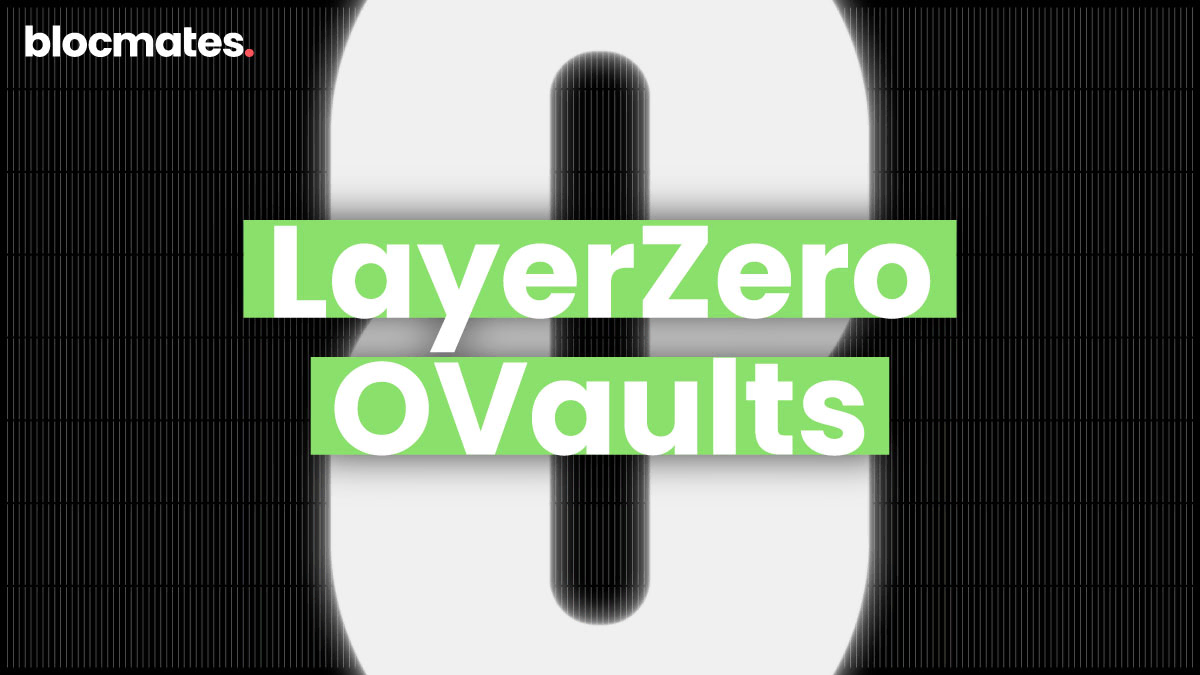

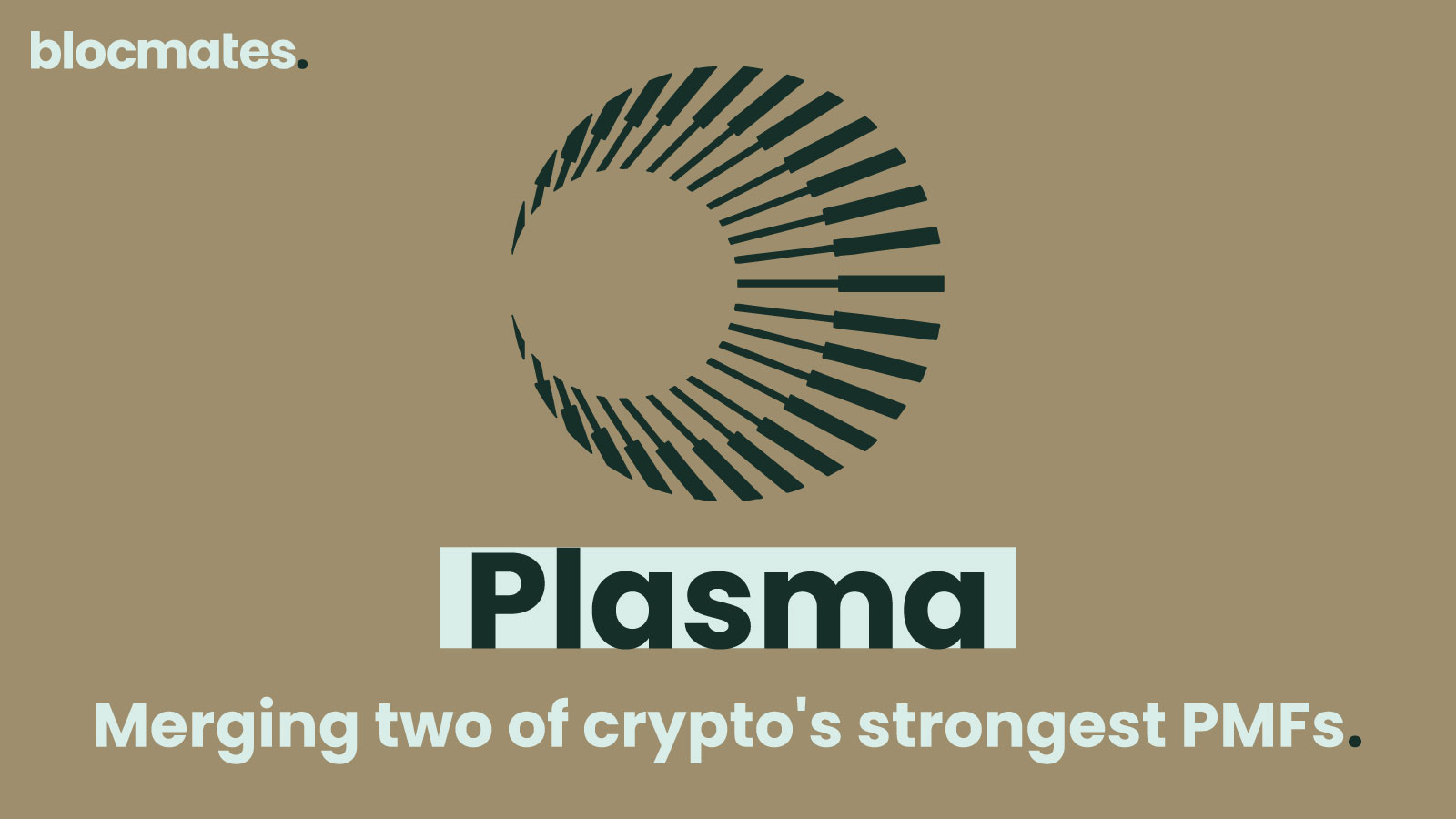
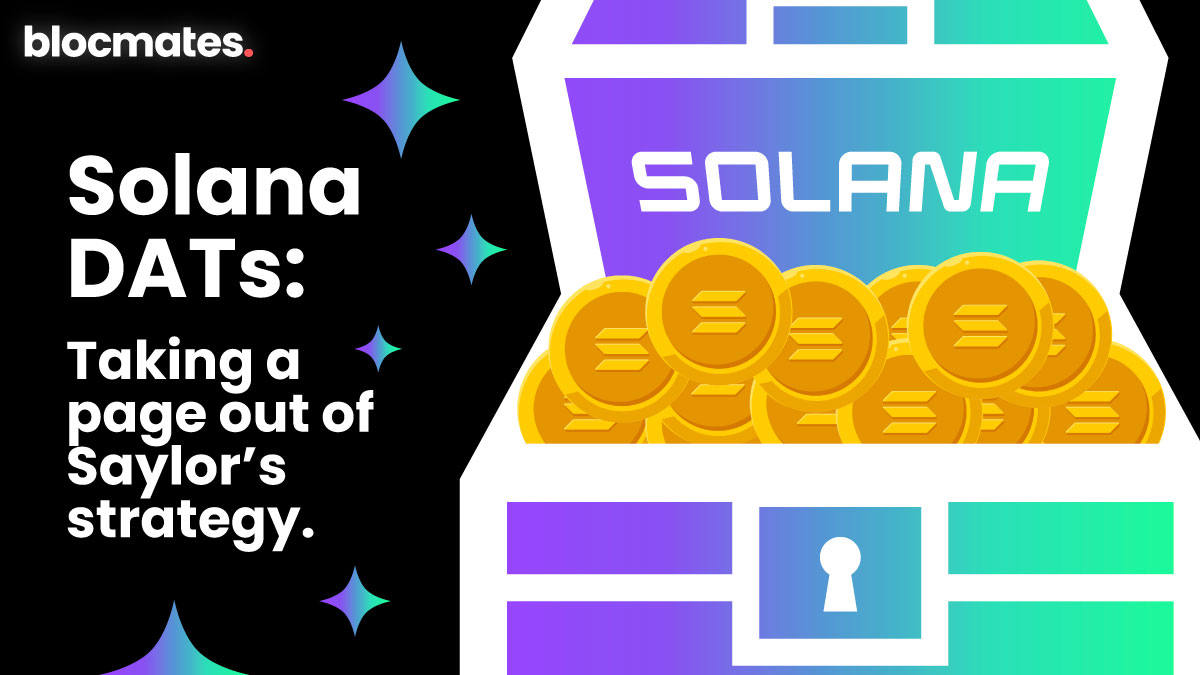


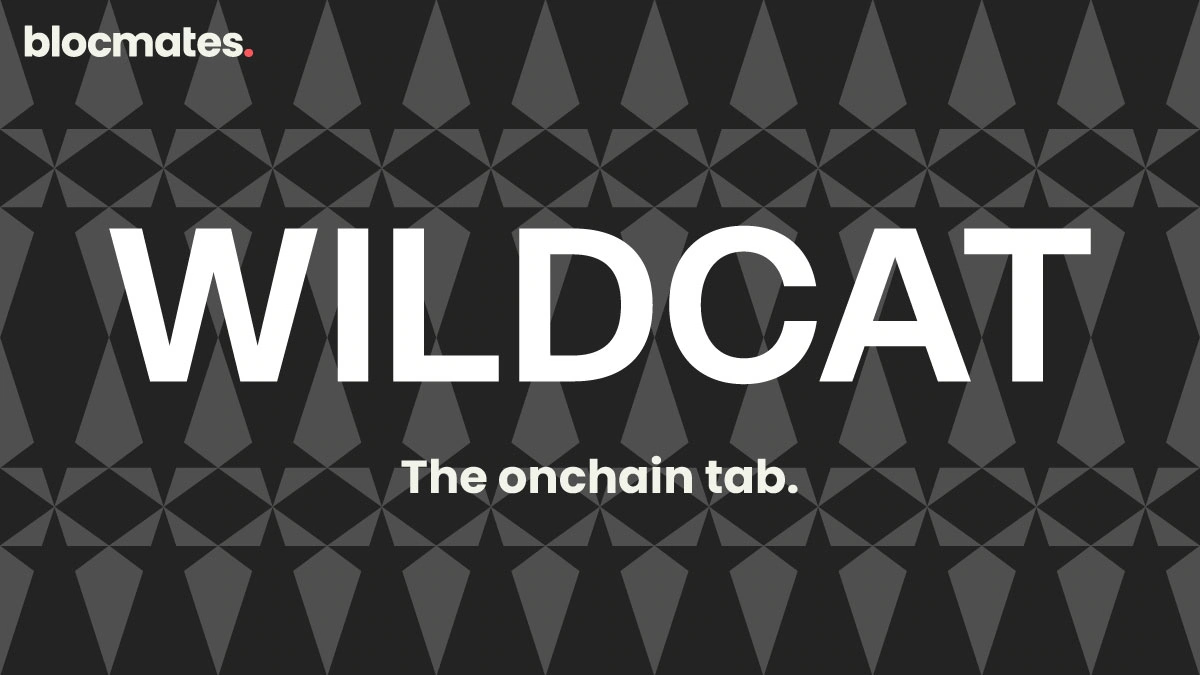
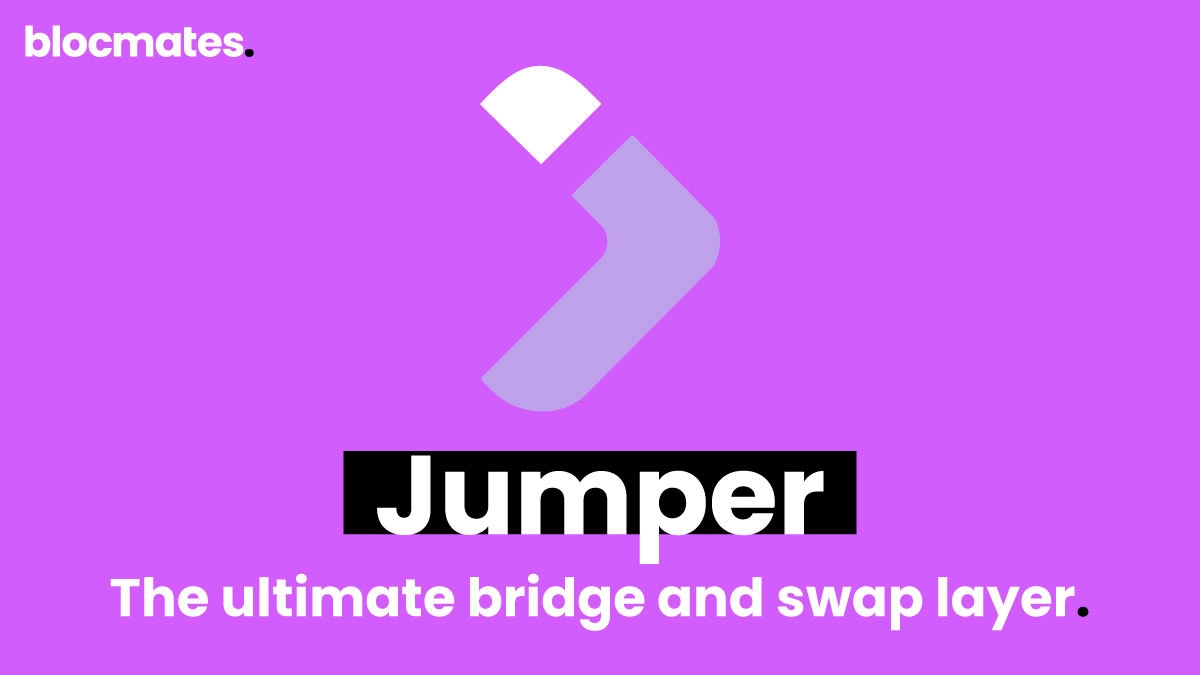
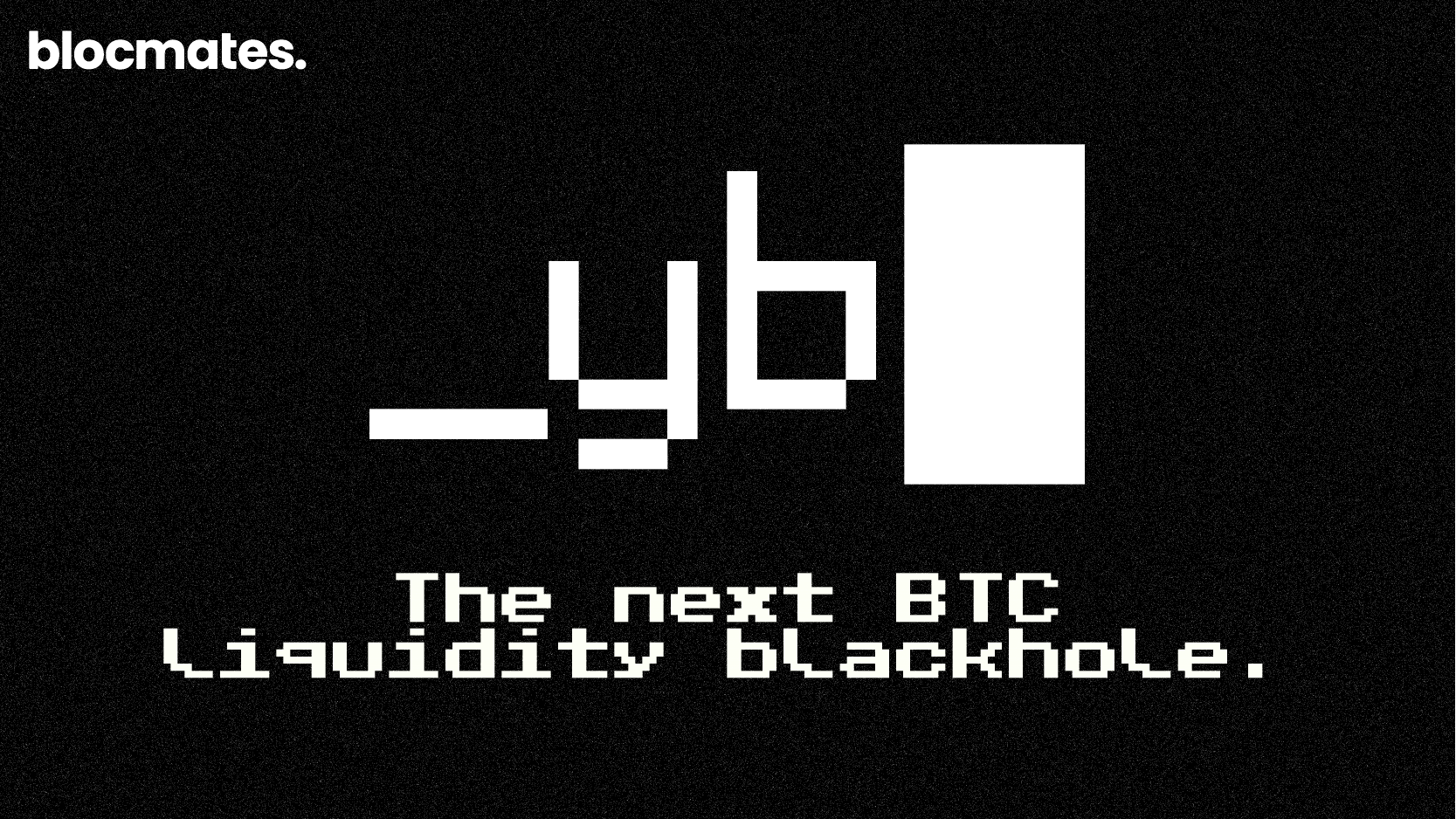
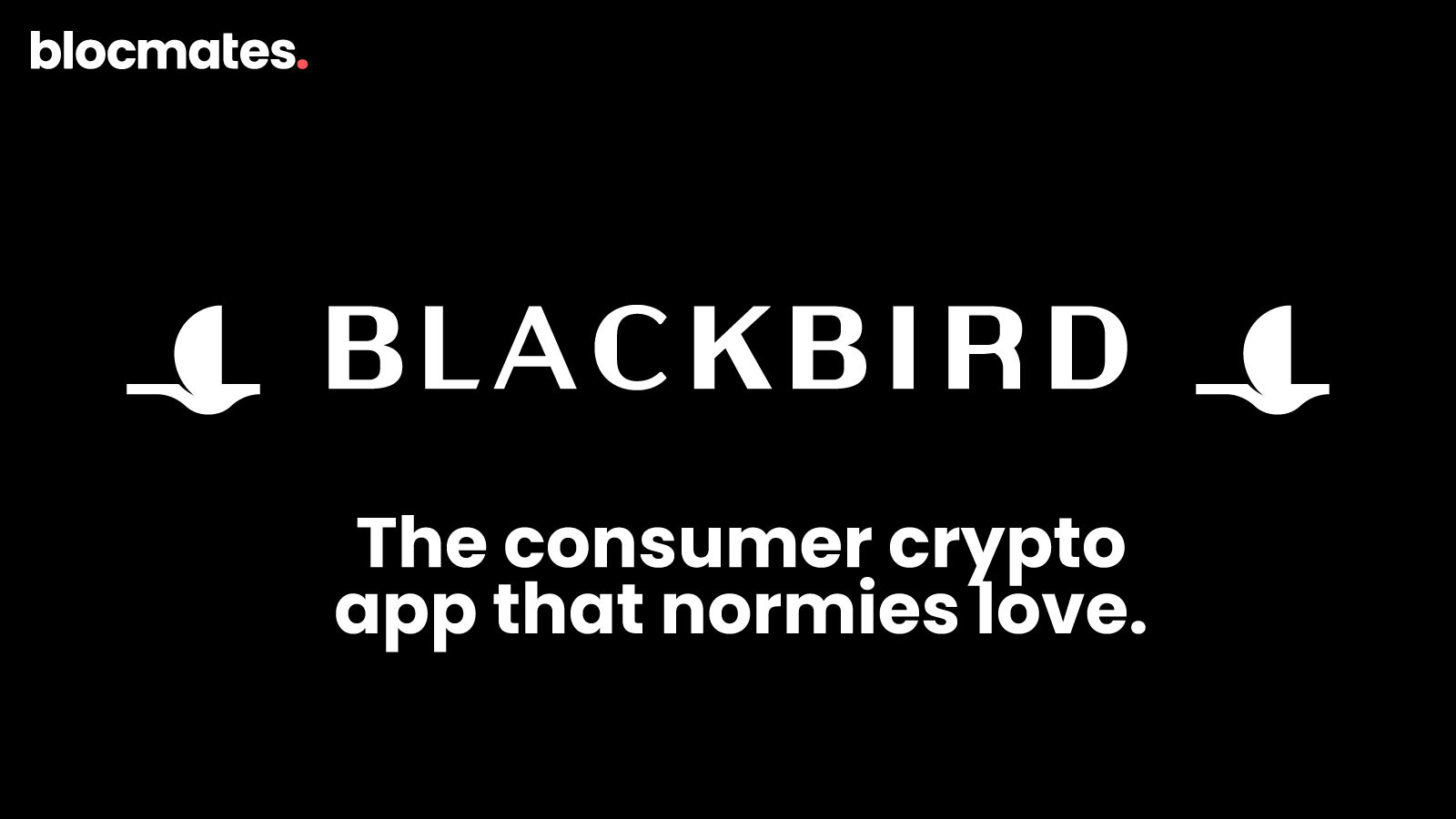
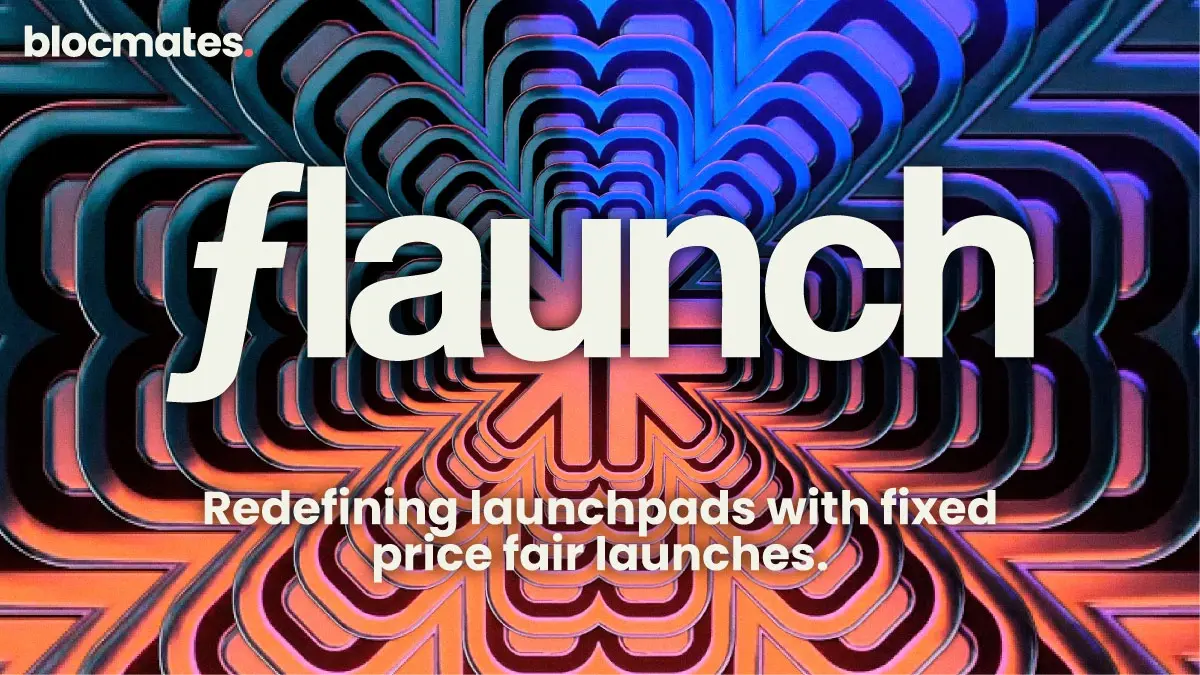

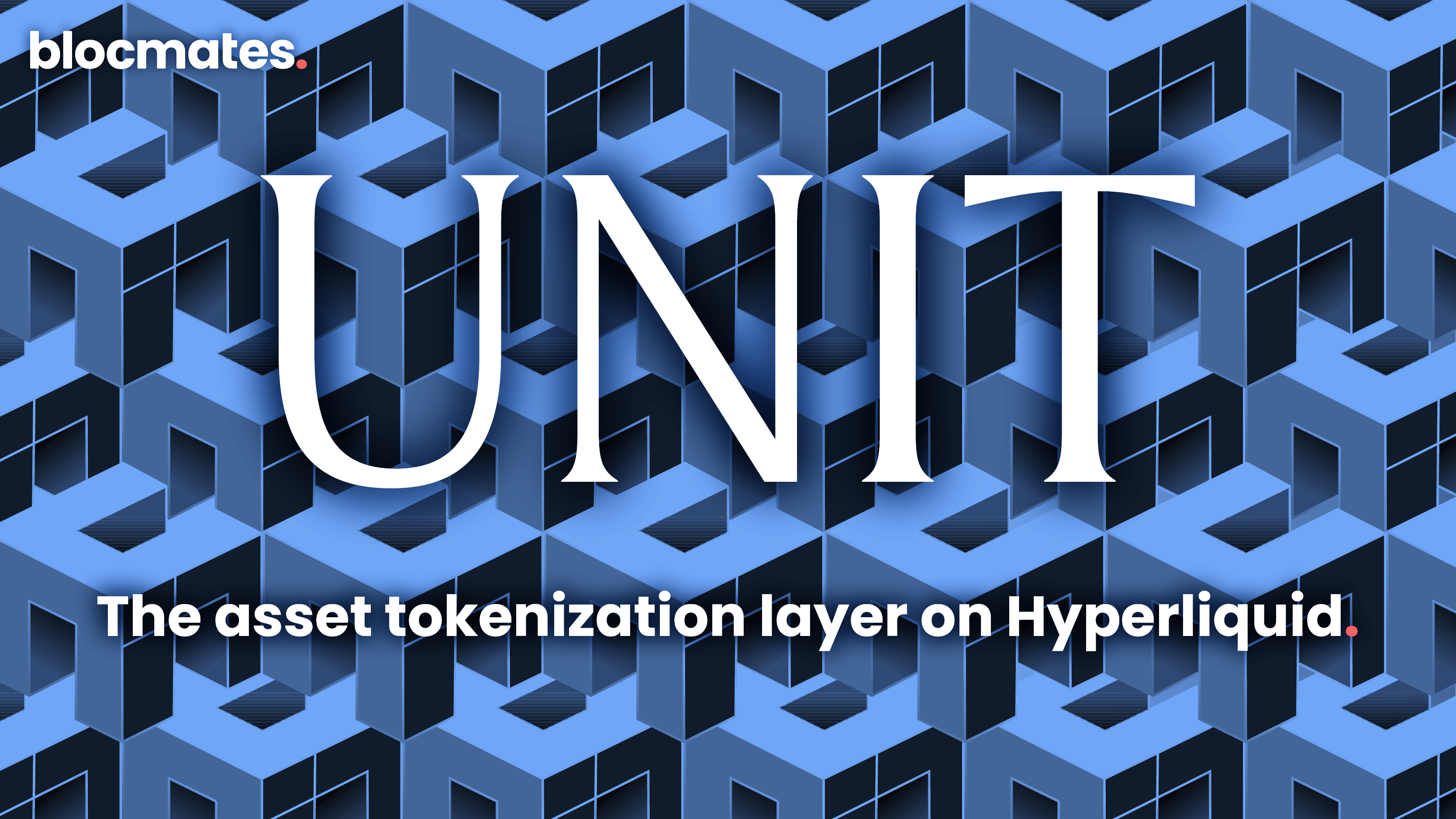
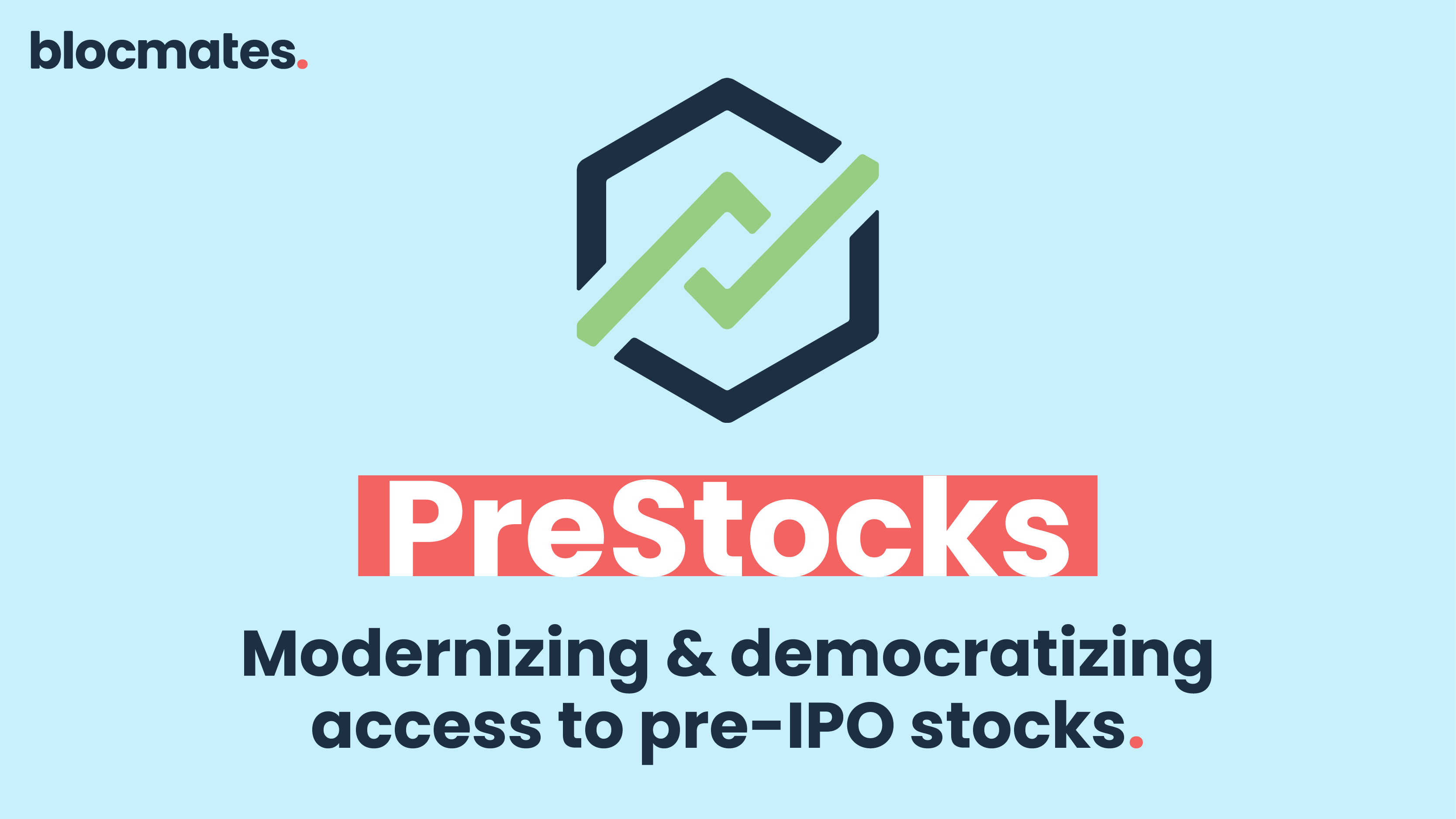

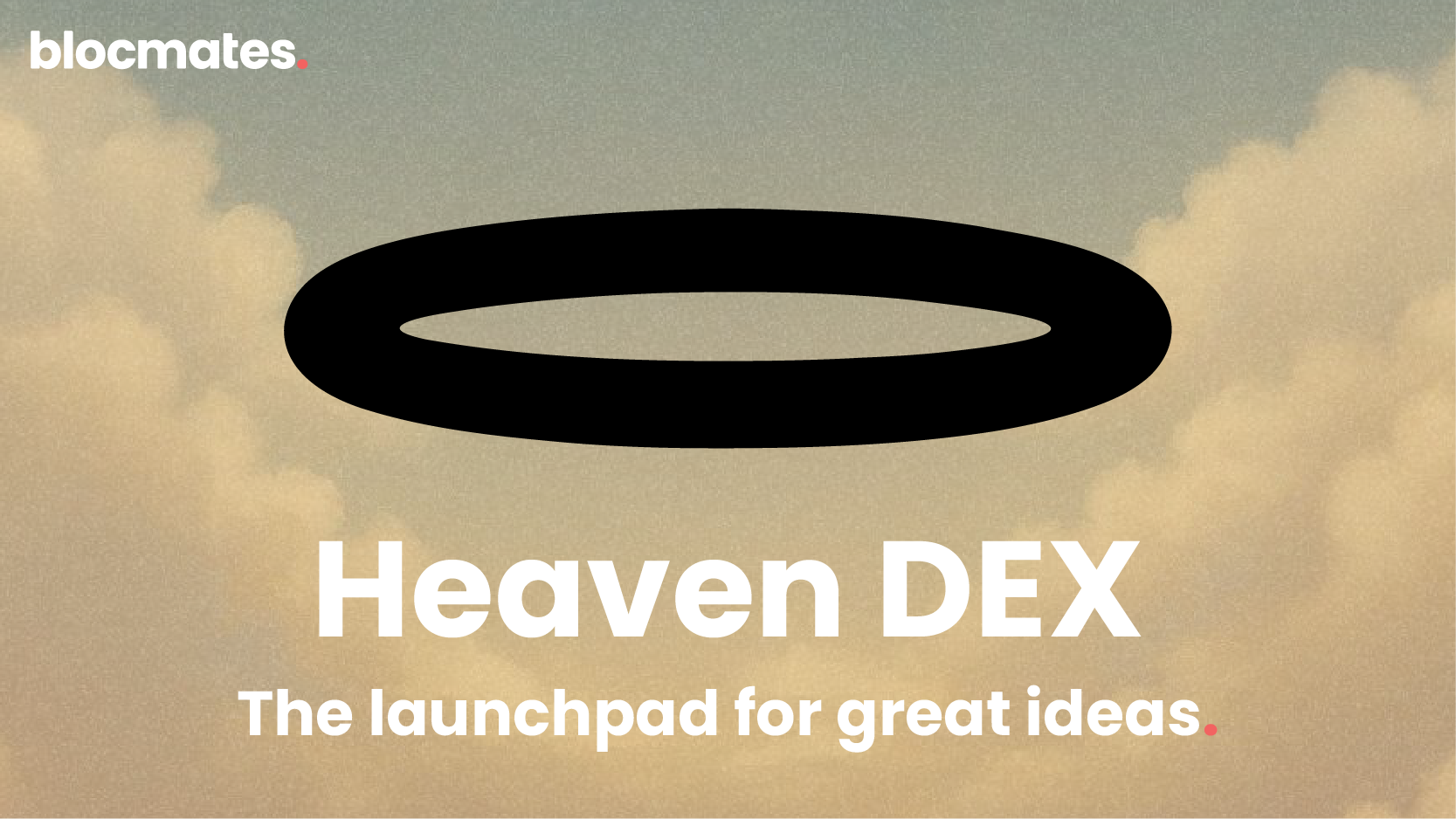

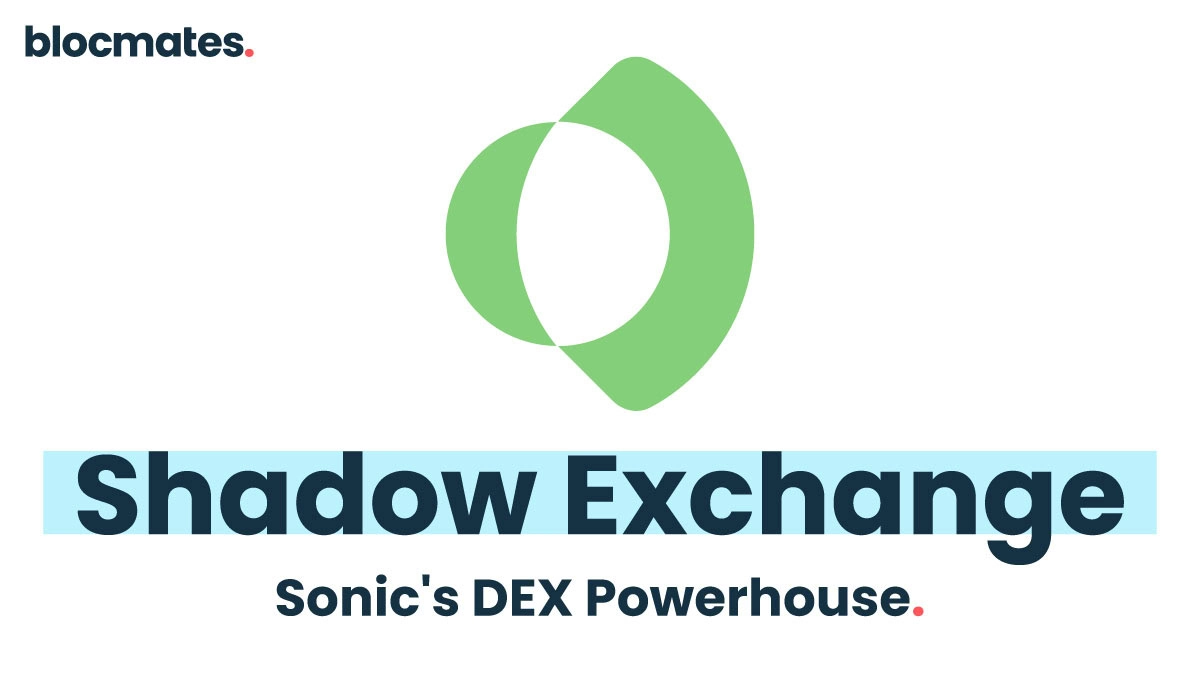
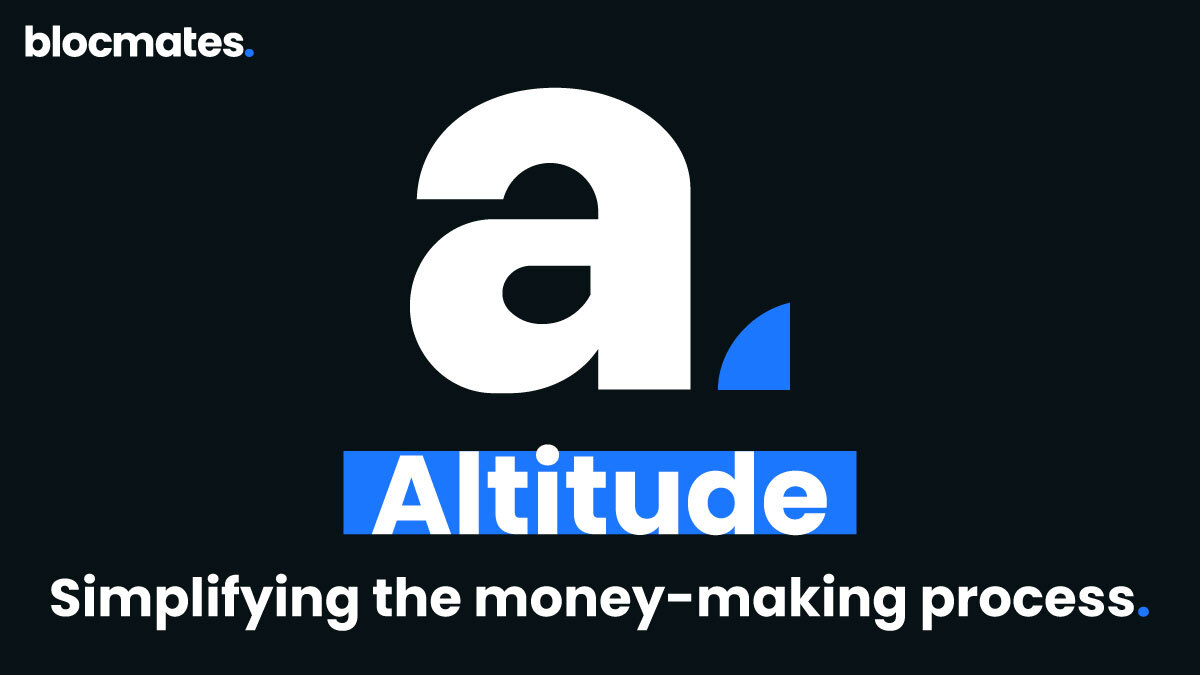

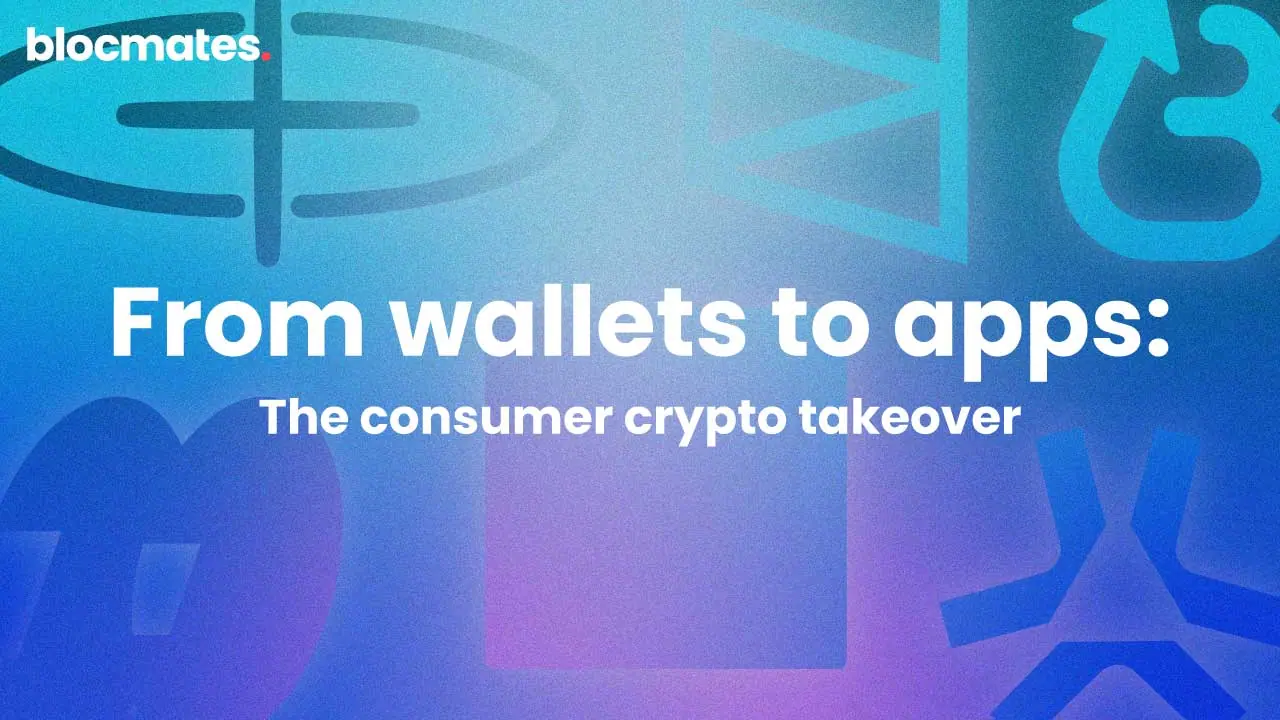
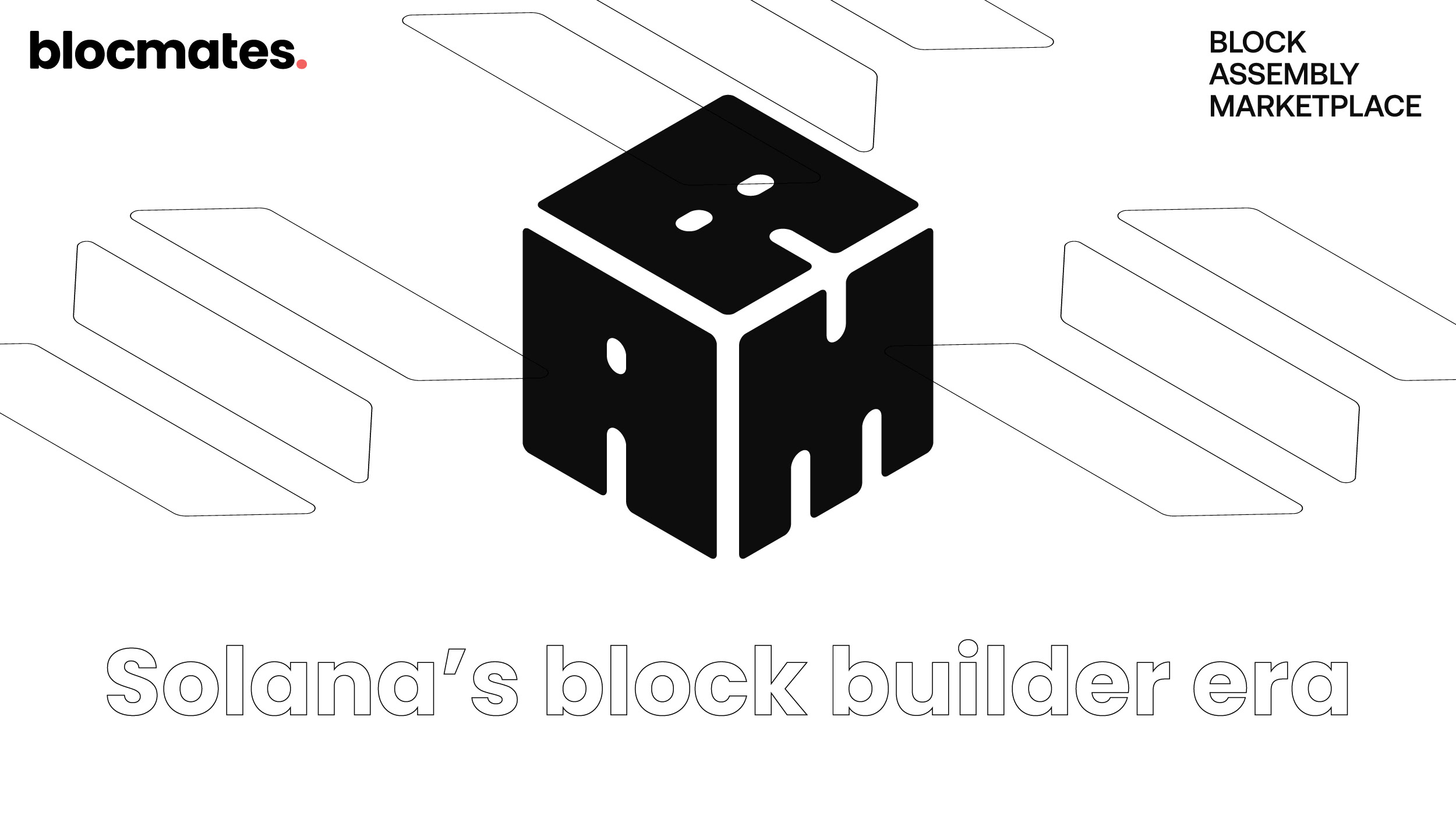



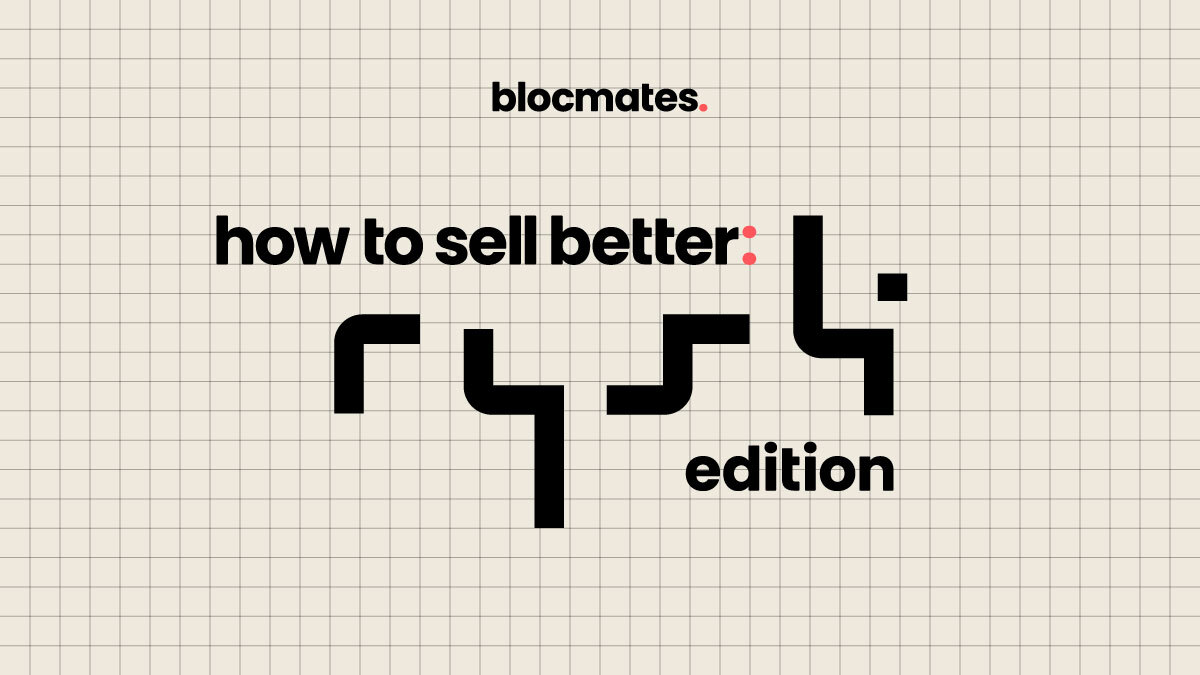
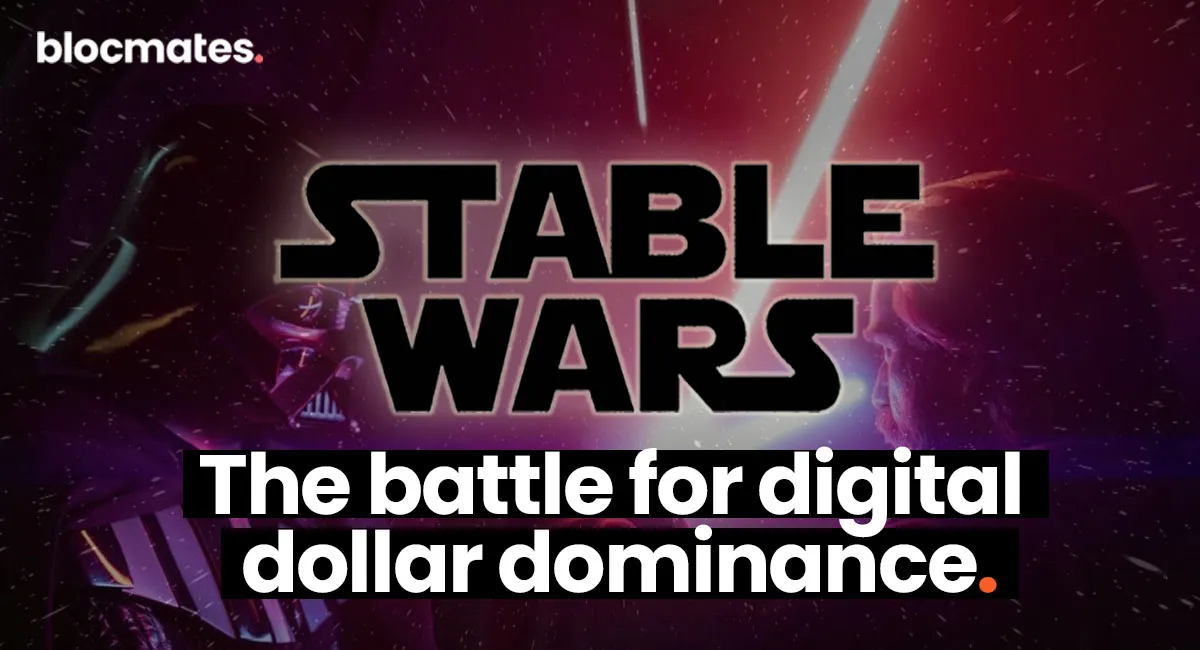

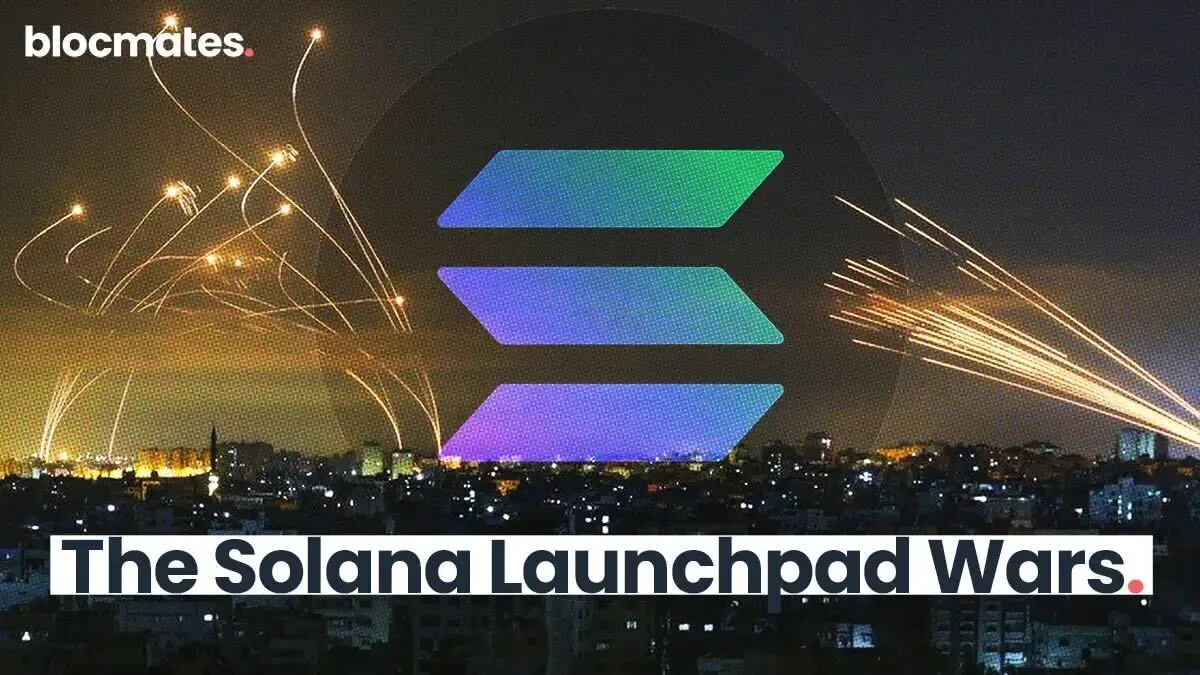




















%202.webp)


.webp)

.webp)
.webp)
.webp)


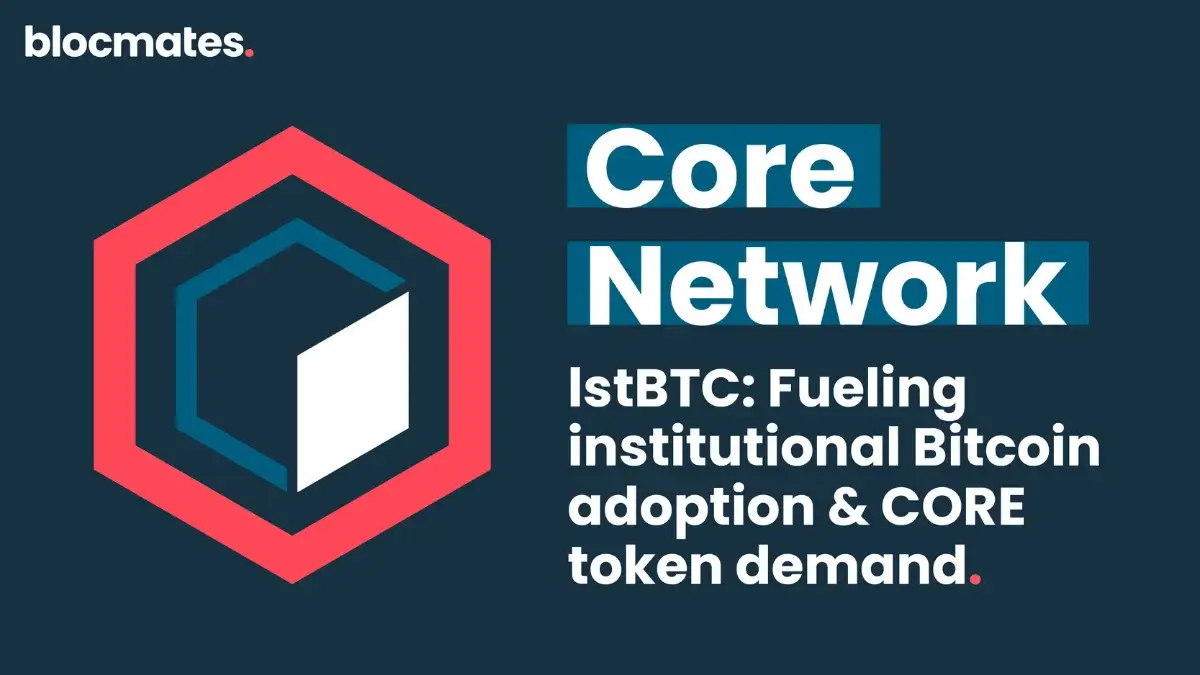
.webp)

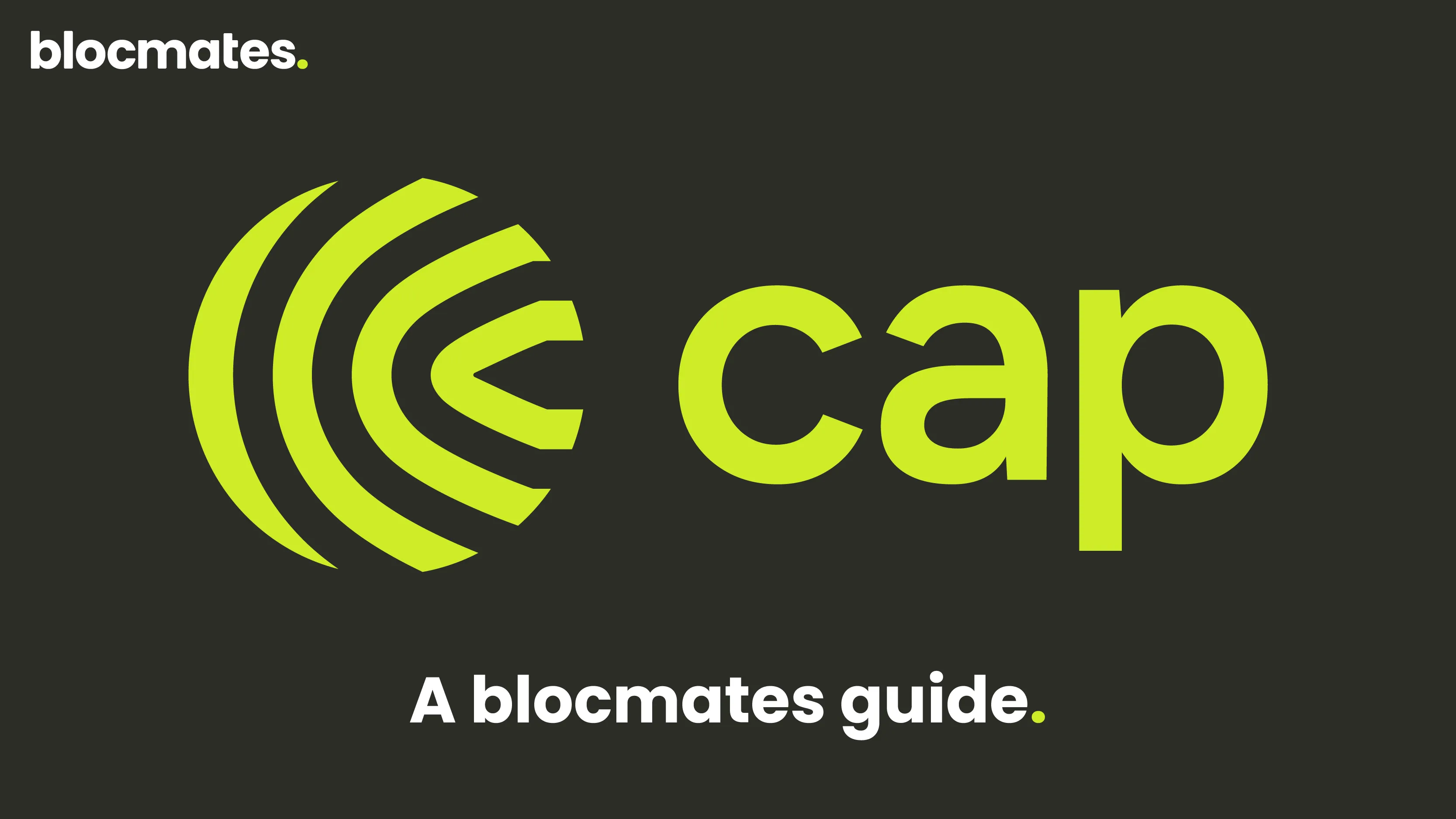










%20the%20Next%20Big%20Unlock%20in%20AI.webp)





.webp)
.webp)

.webp)
.webp)
.webp)


.webp)
.webp)










.webp)


.webp)






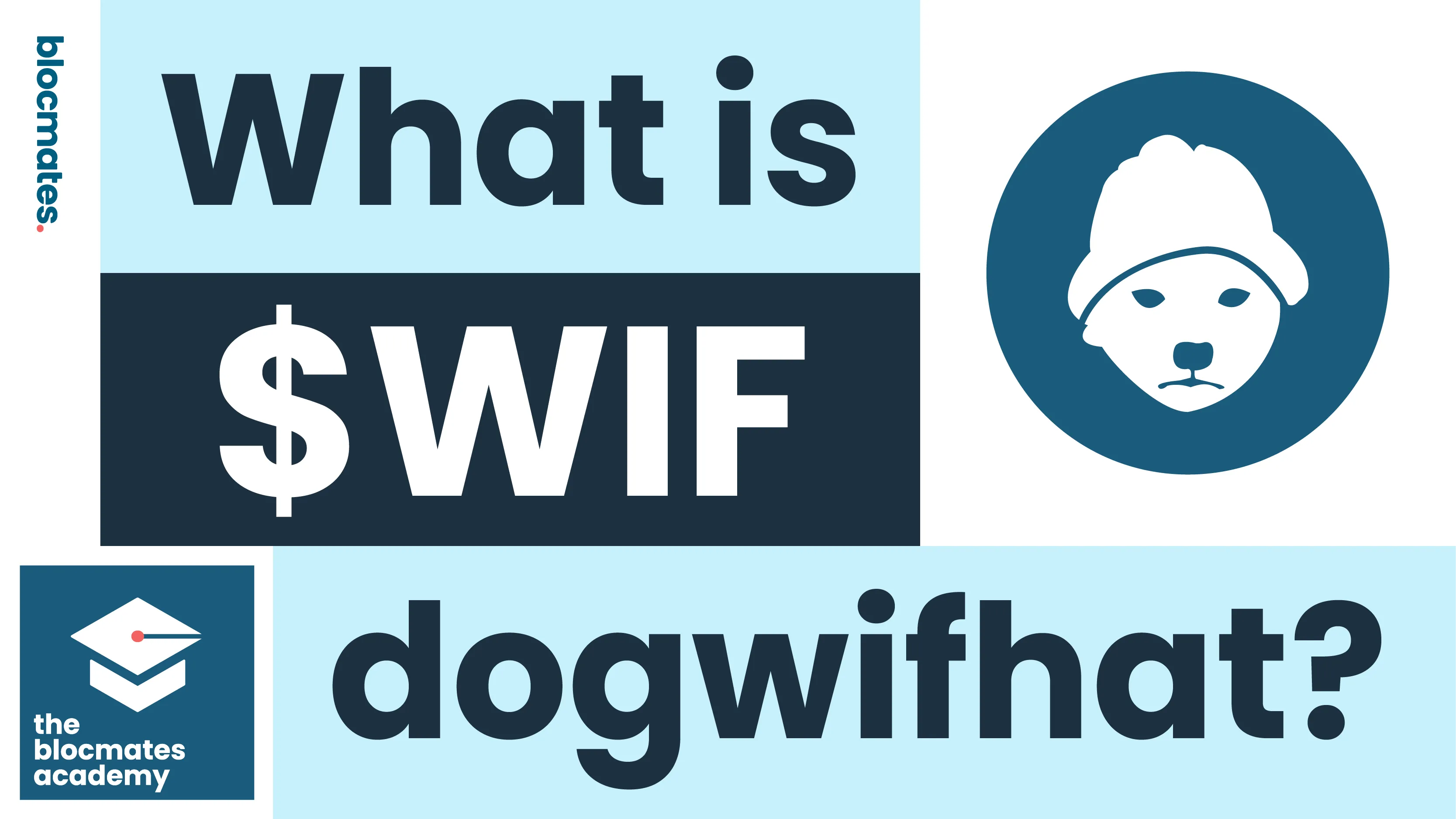


.webp)







.webp)
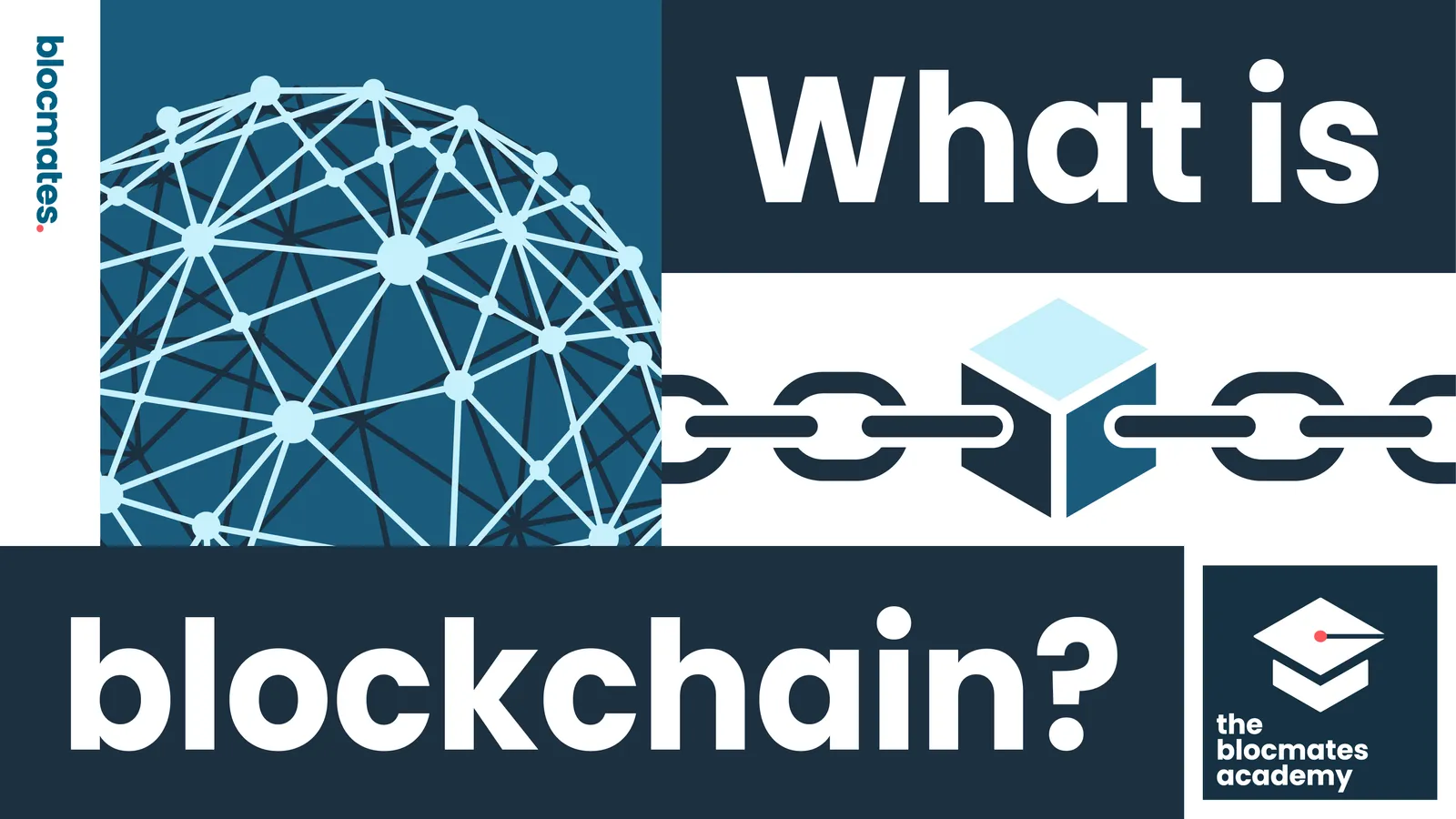



.webp)








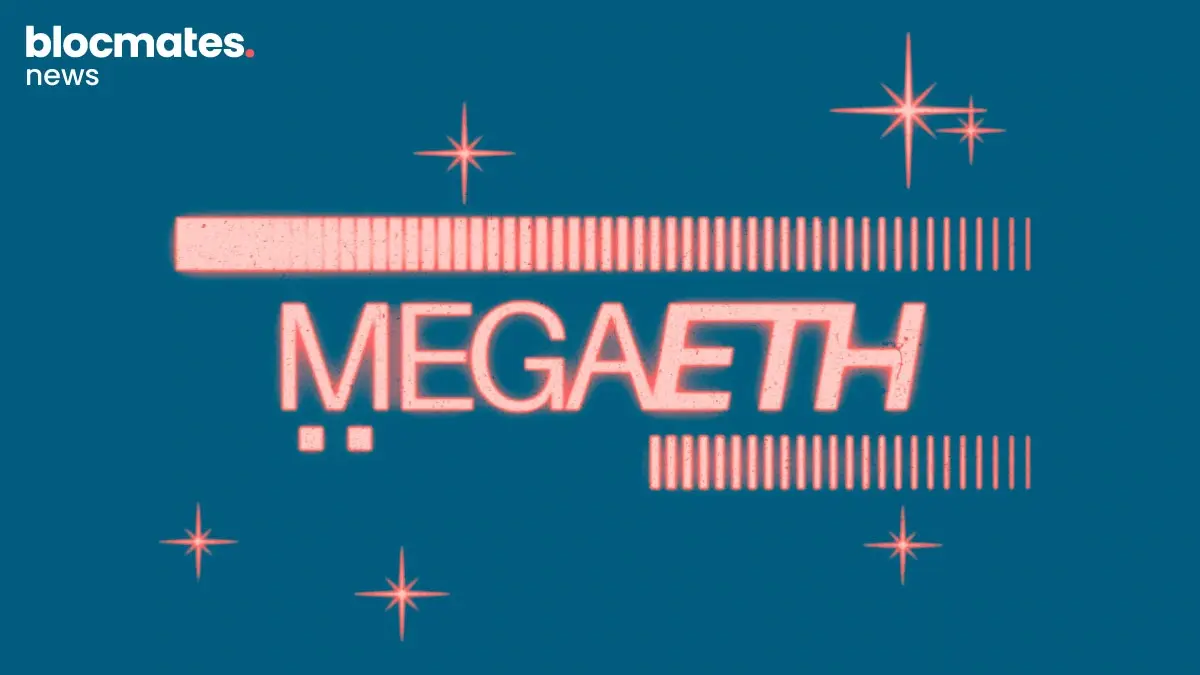




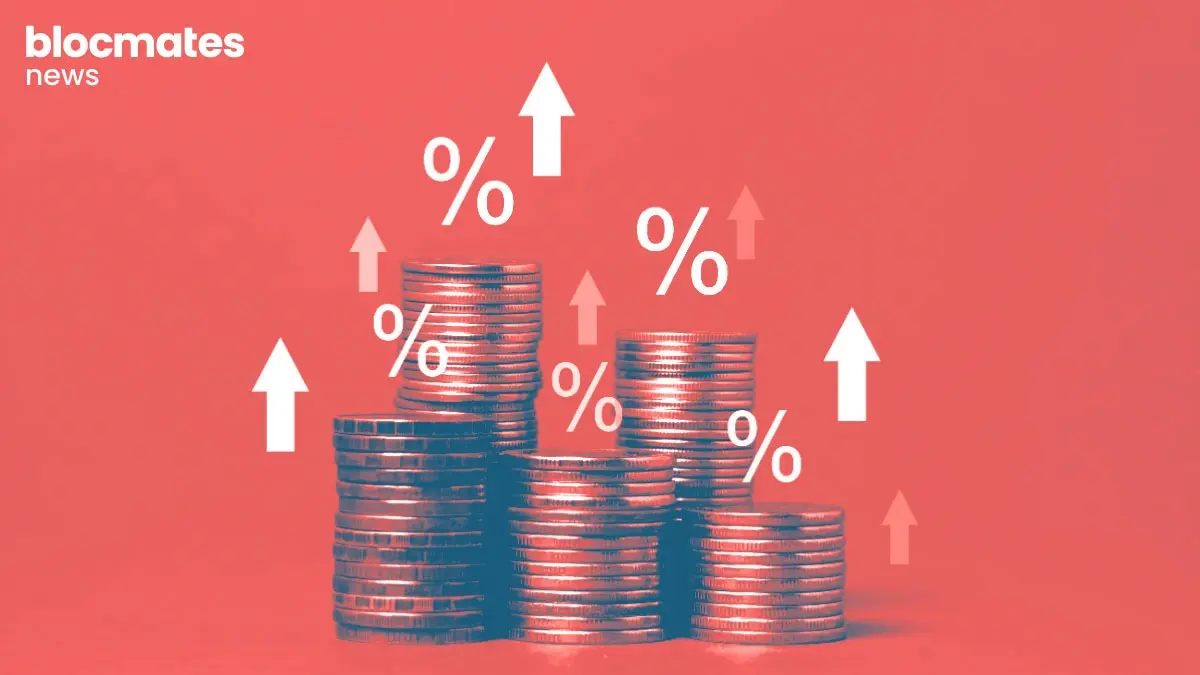


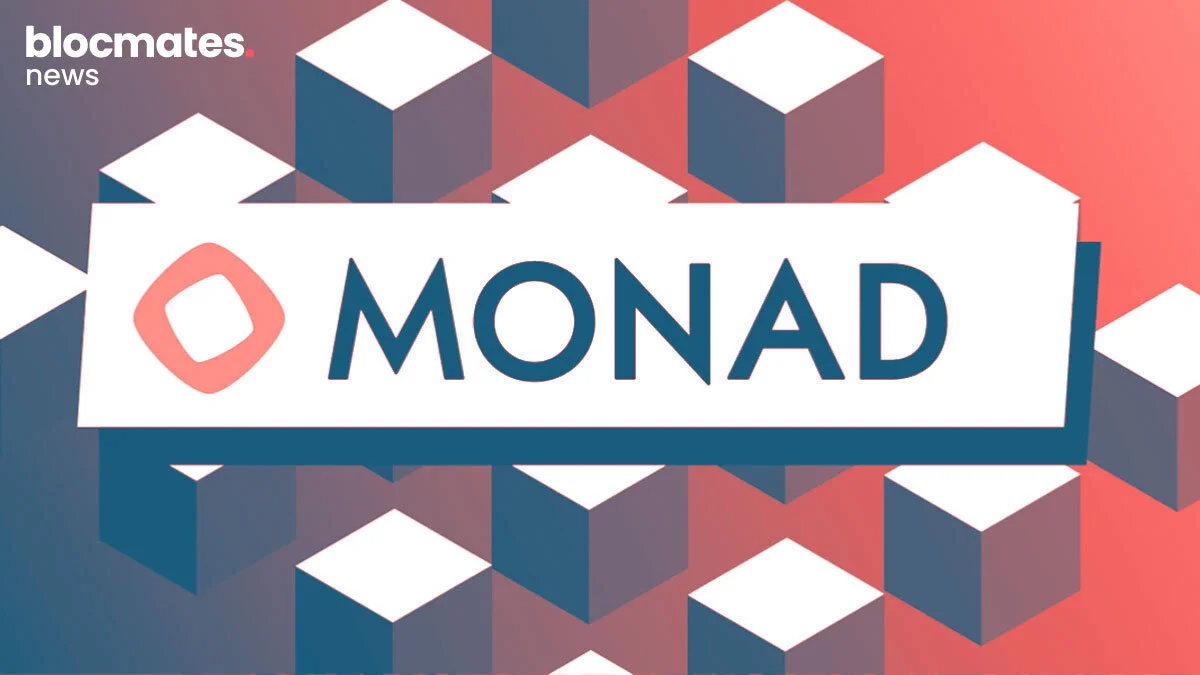
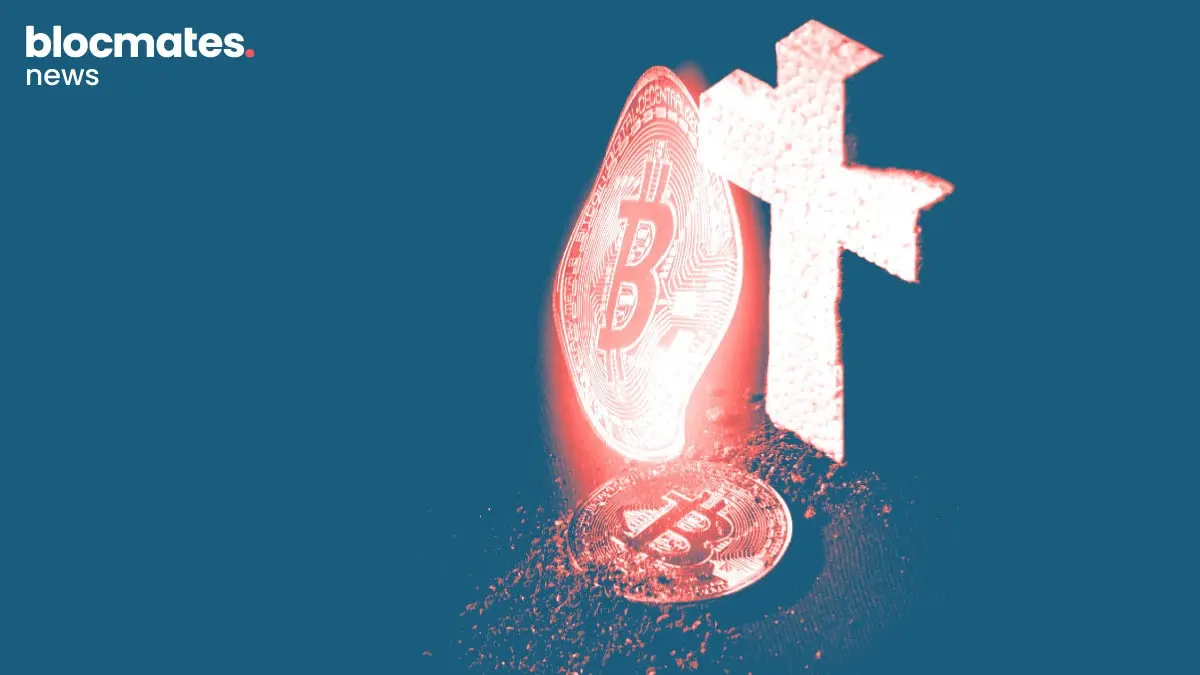







.webp)
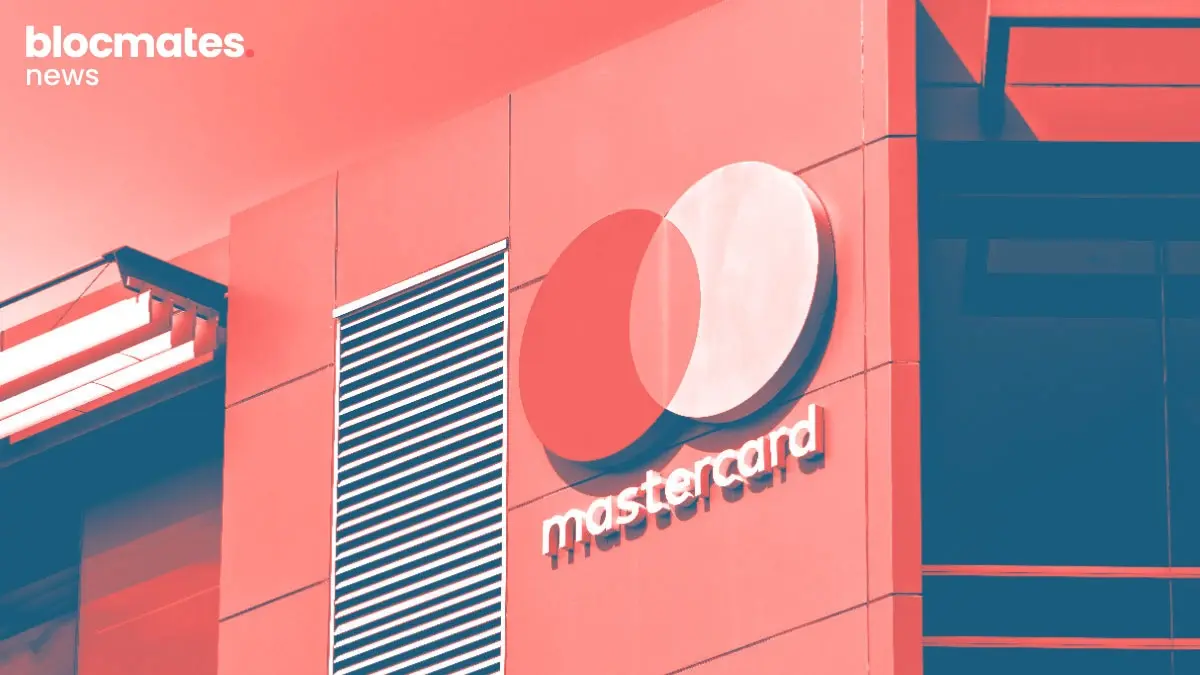




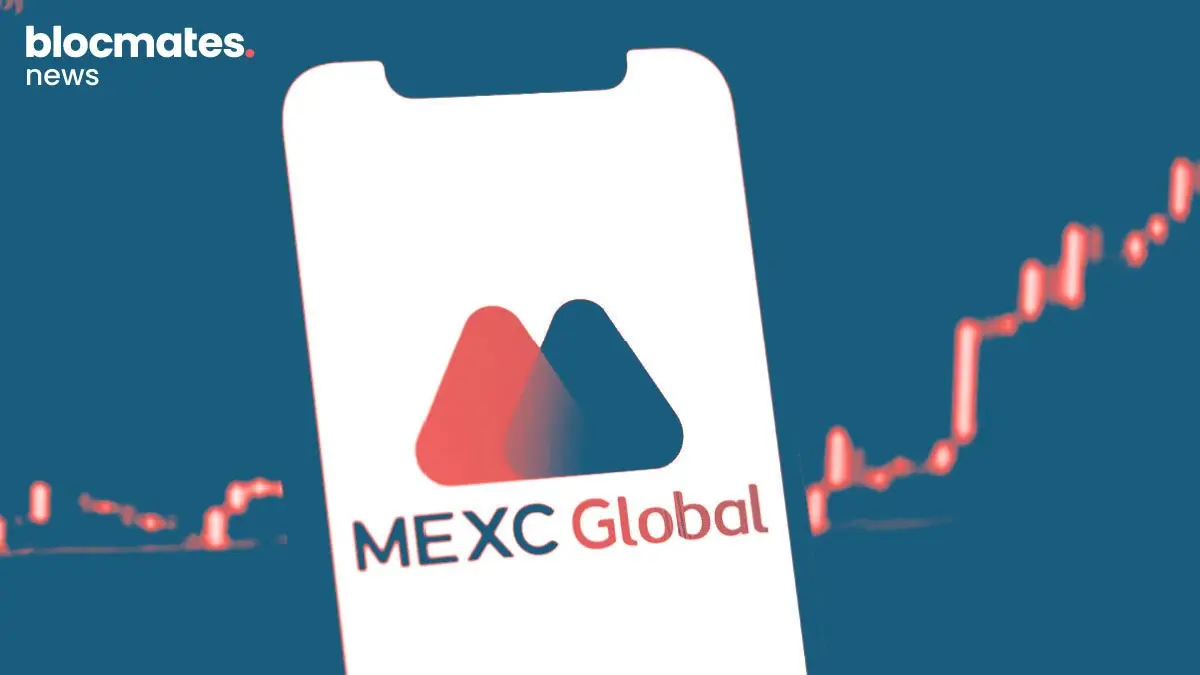

.webp)
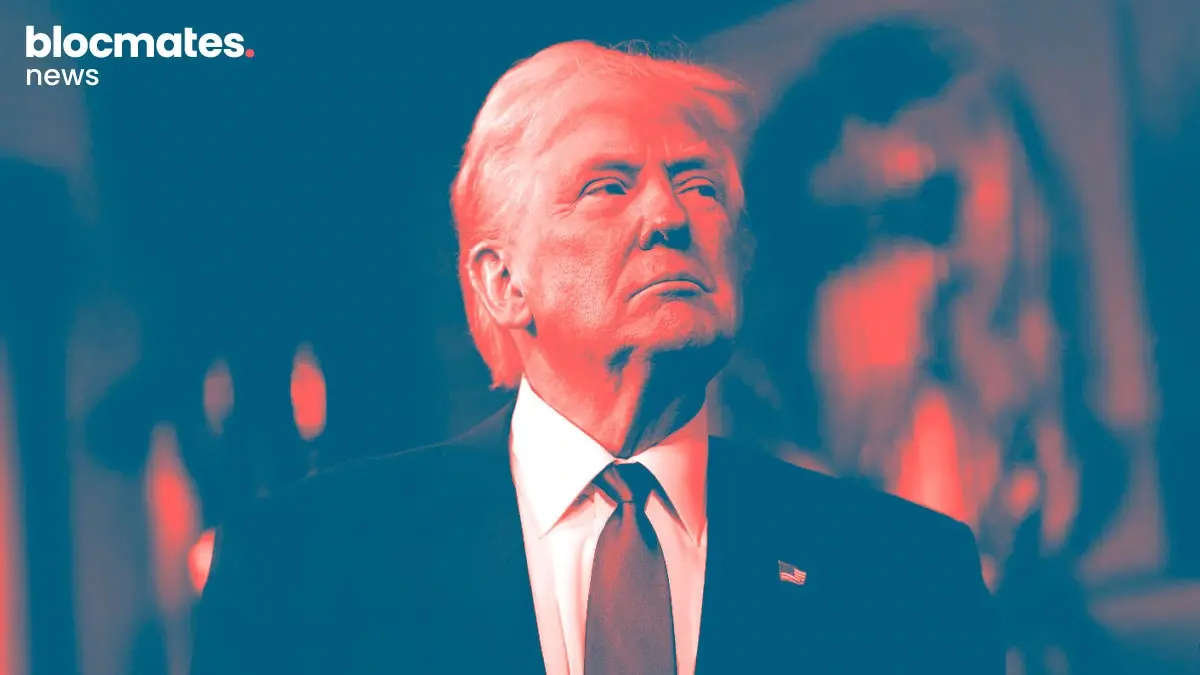
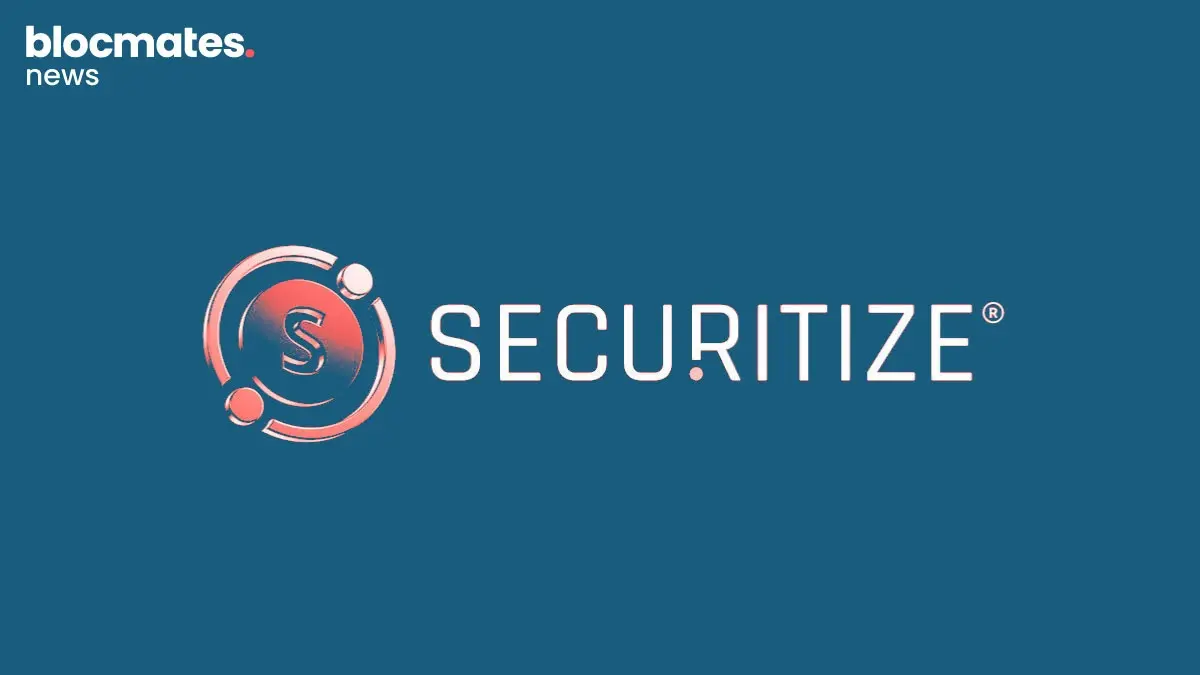
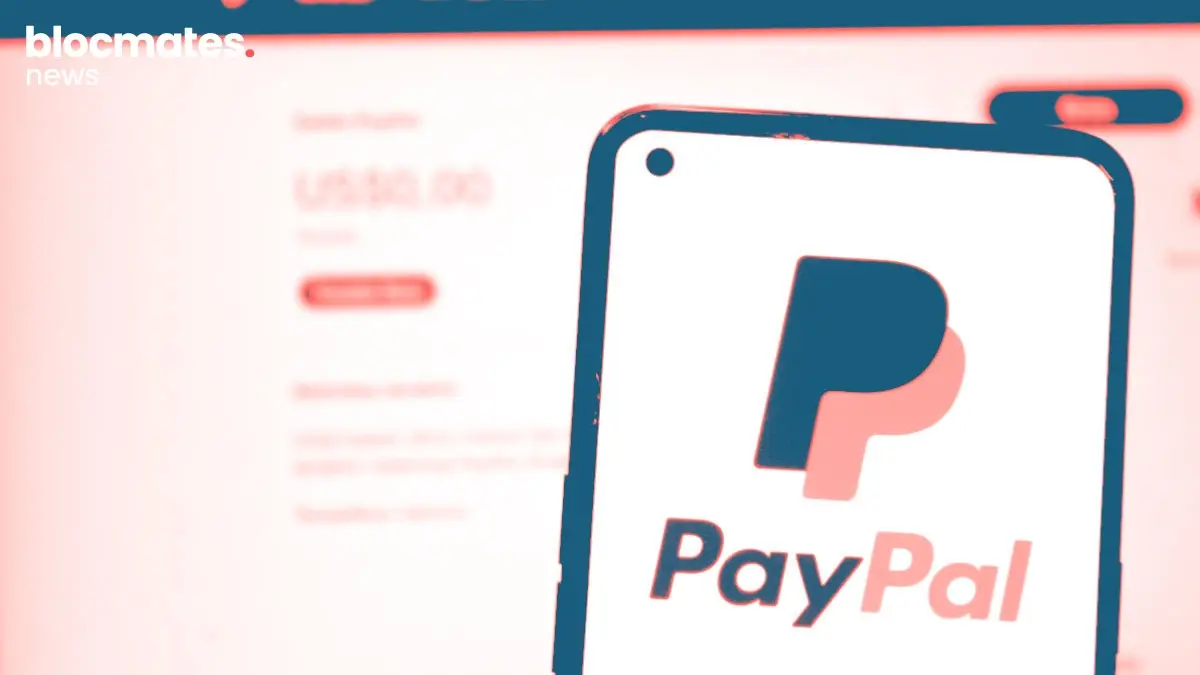
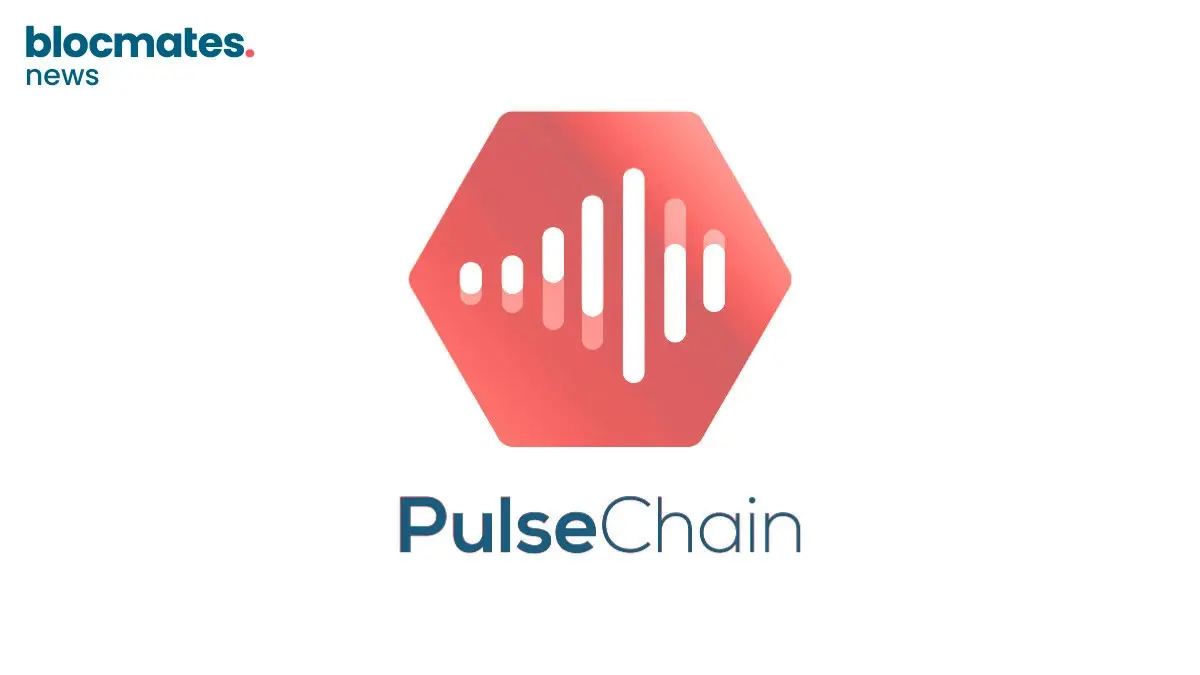
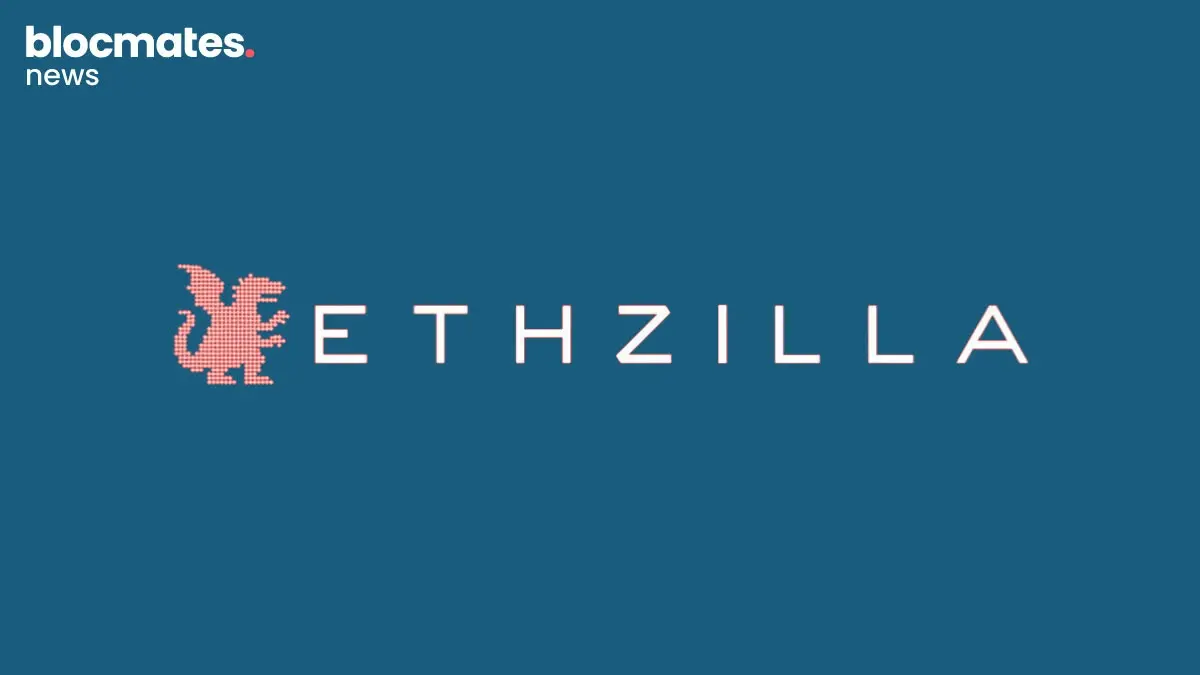
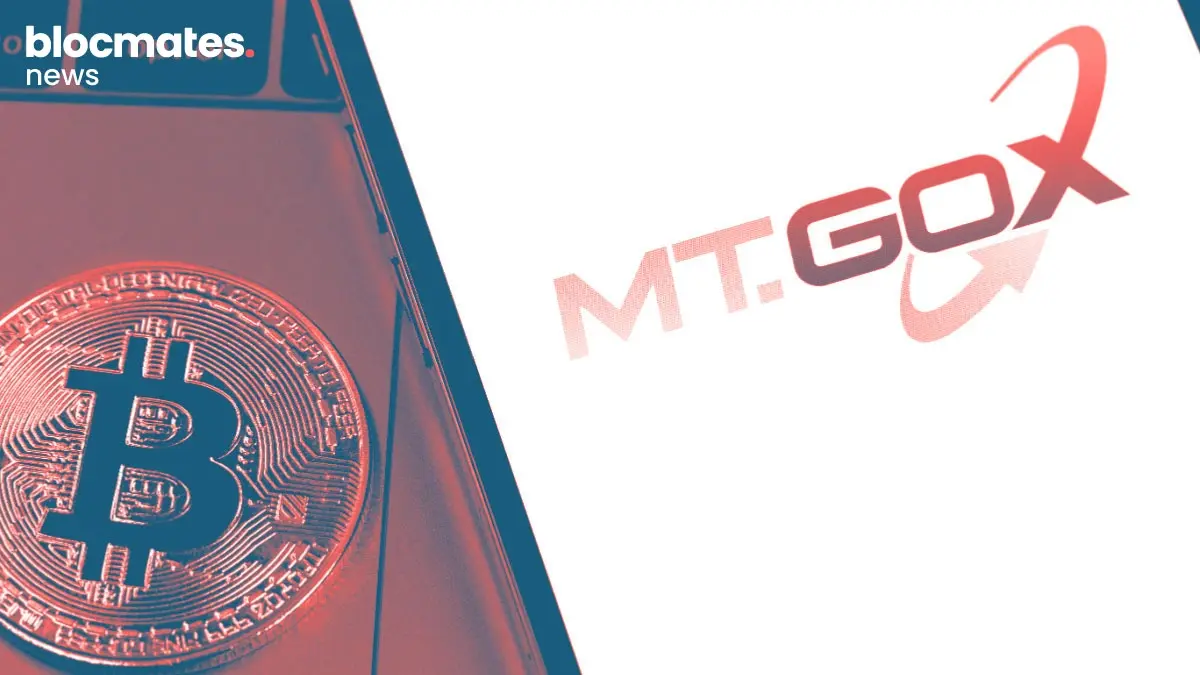
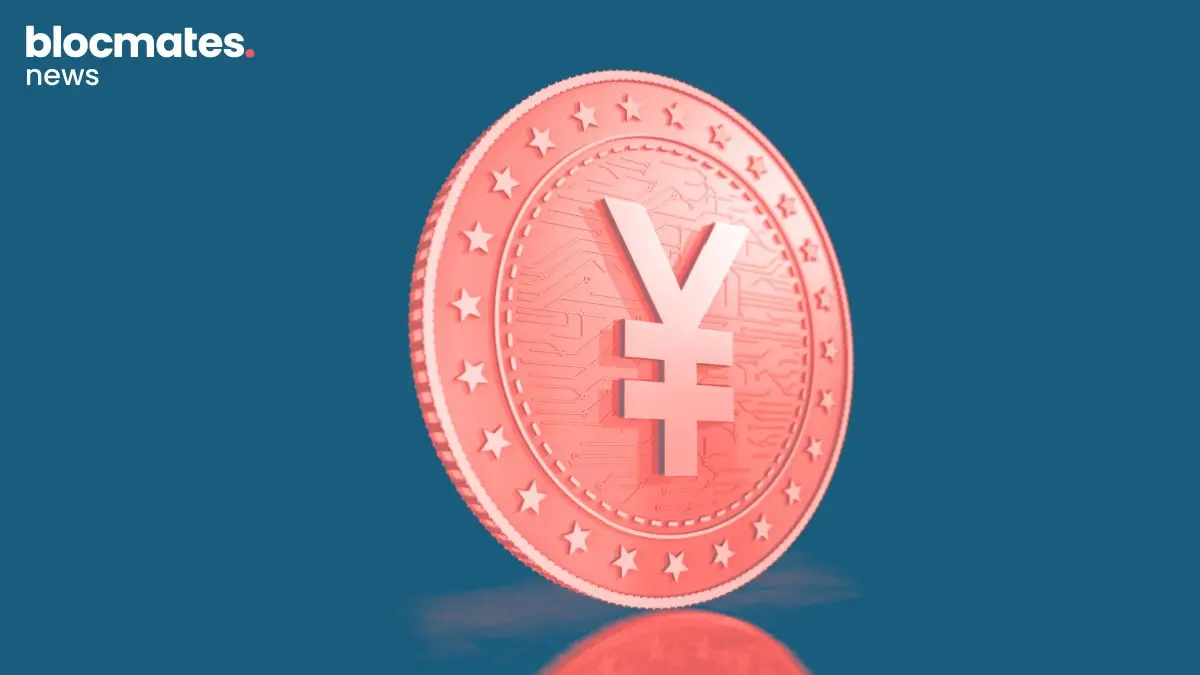
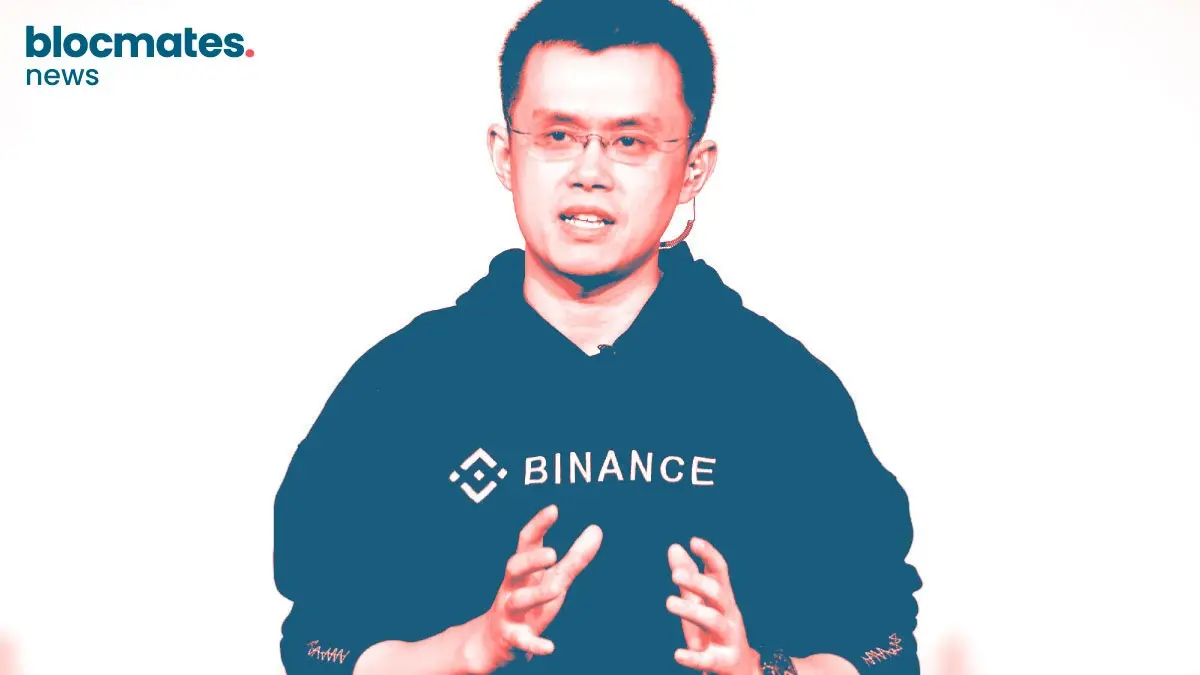


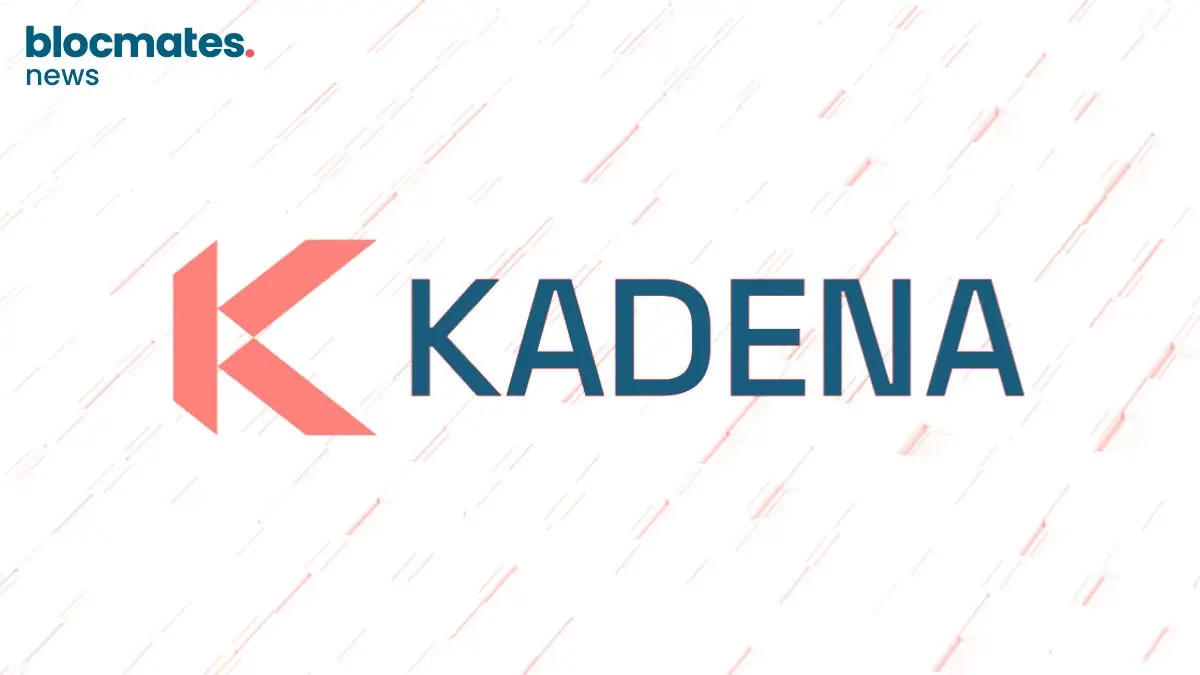

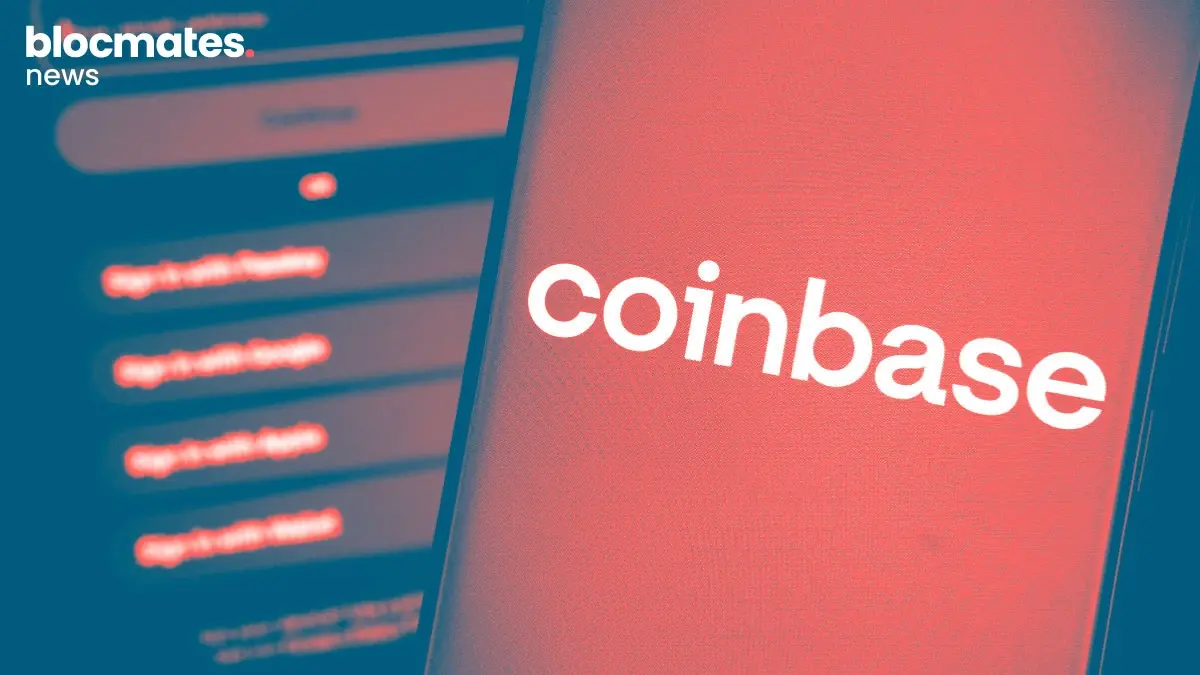
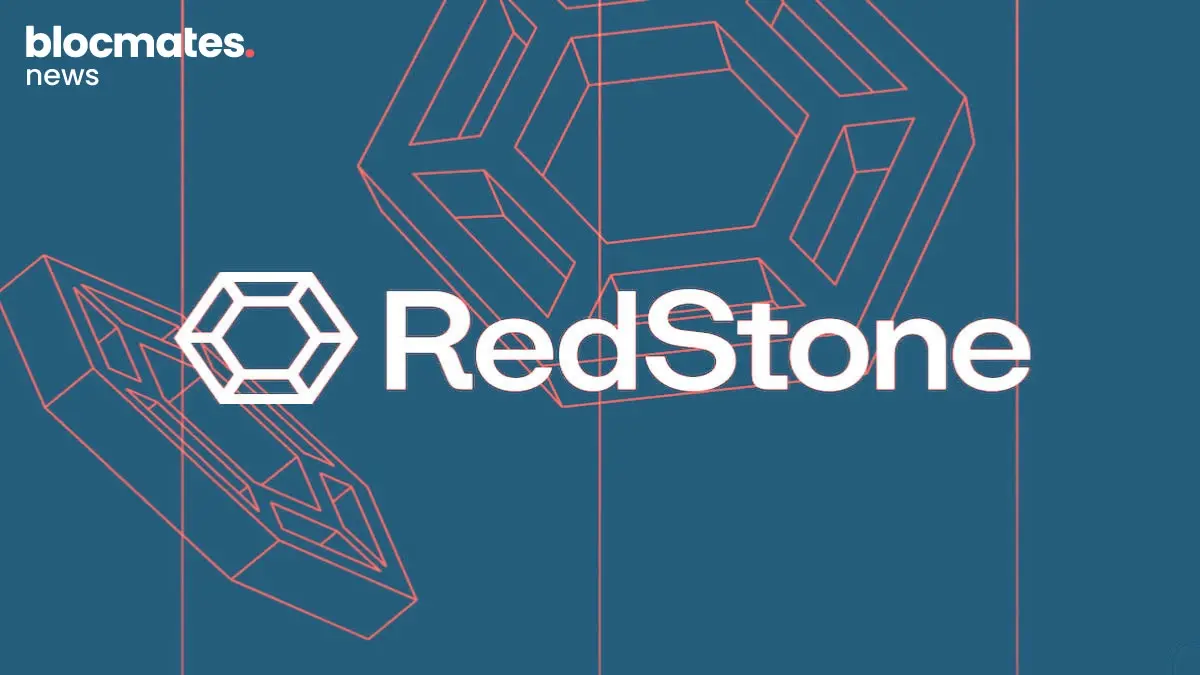
.webp)
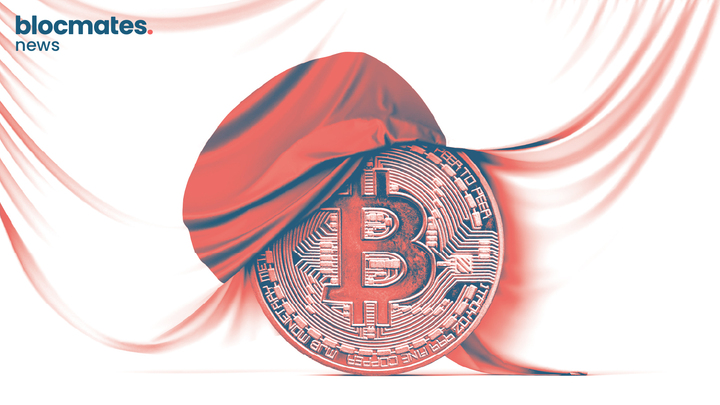
.webp)
.webp)

.webp)


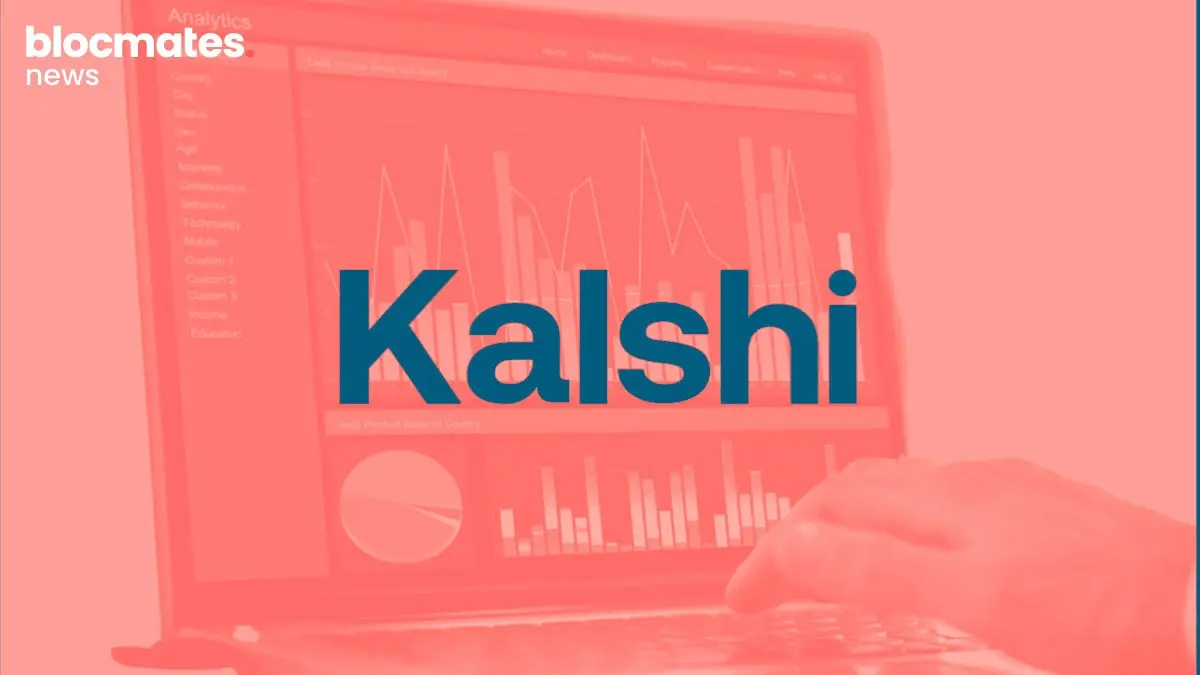



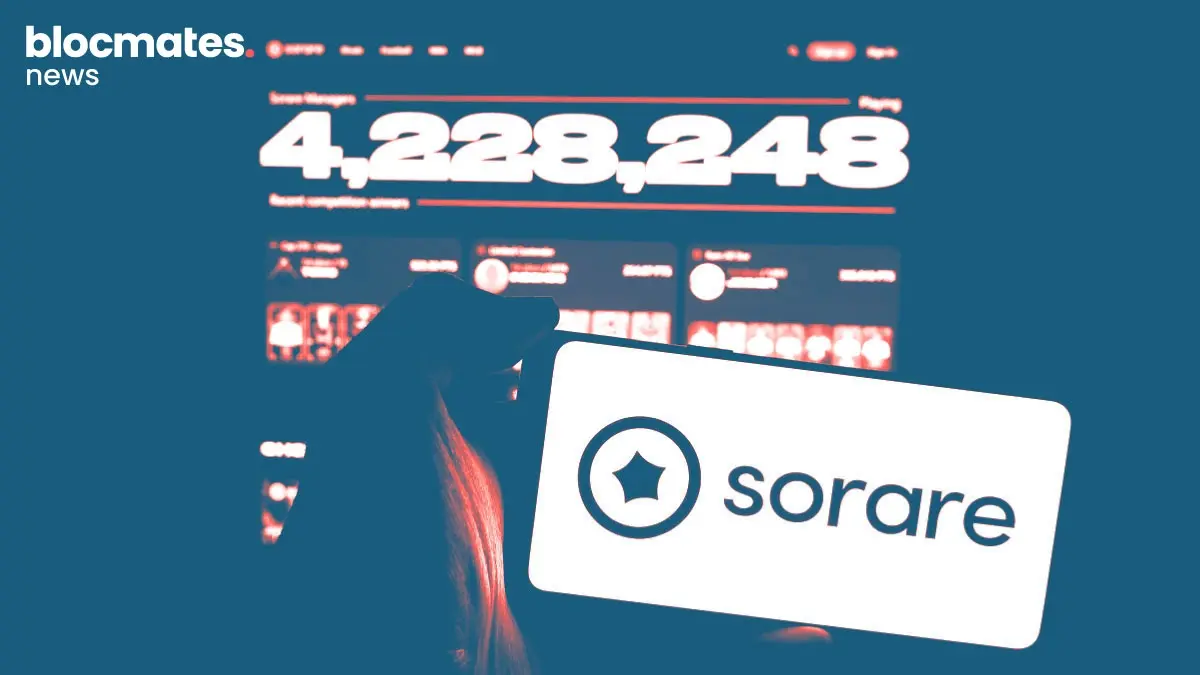



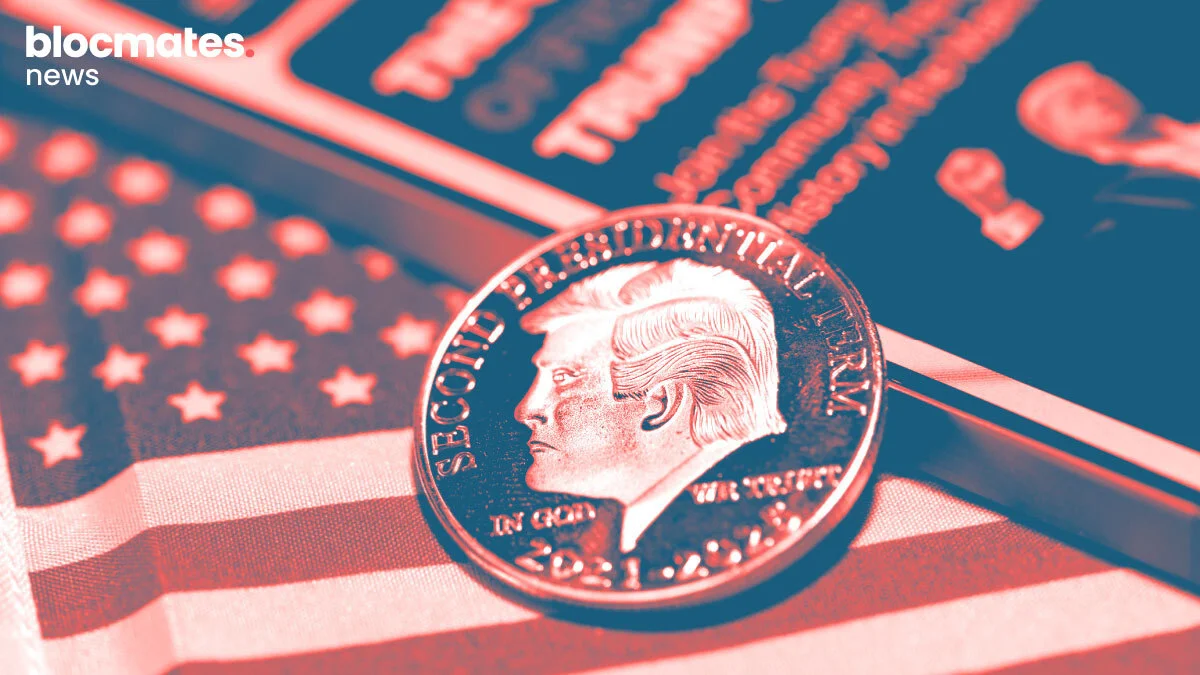
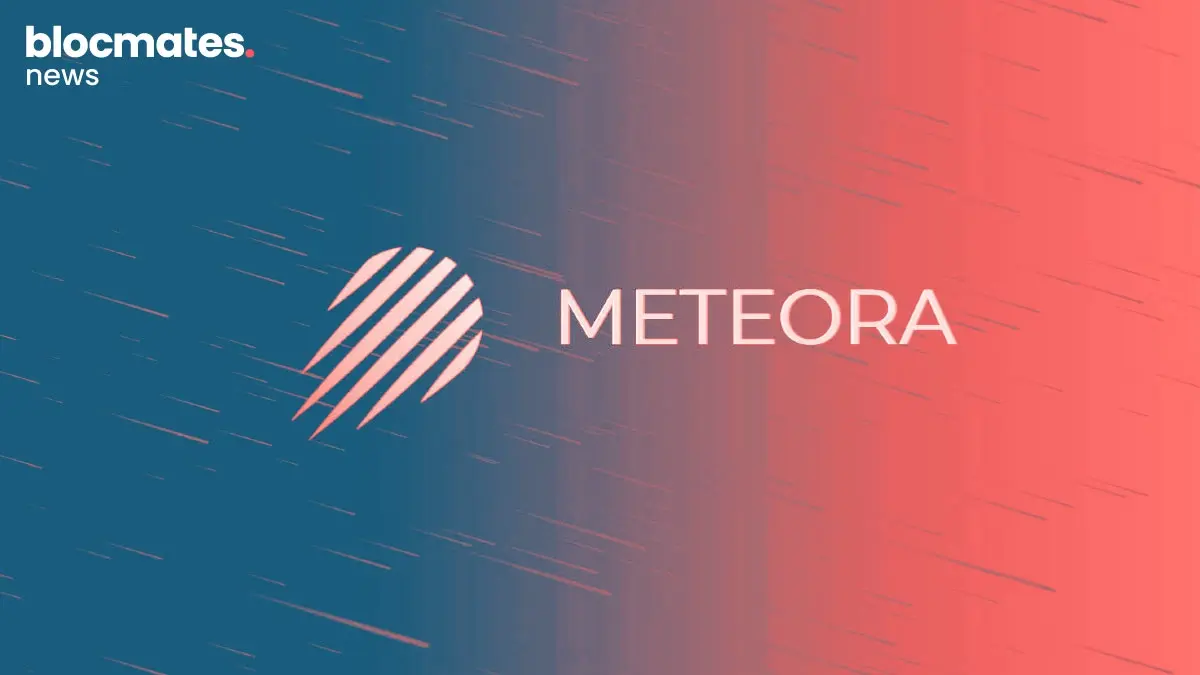


.webp)

.webp)


.webp)



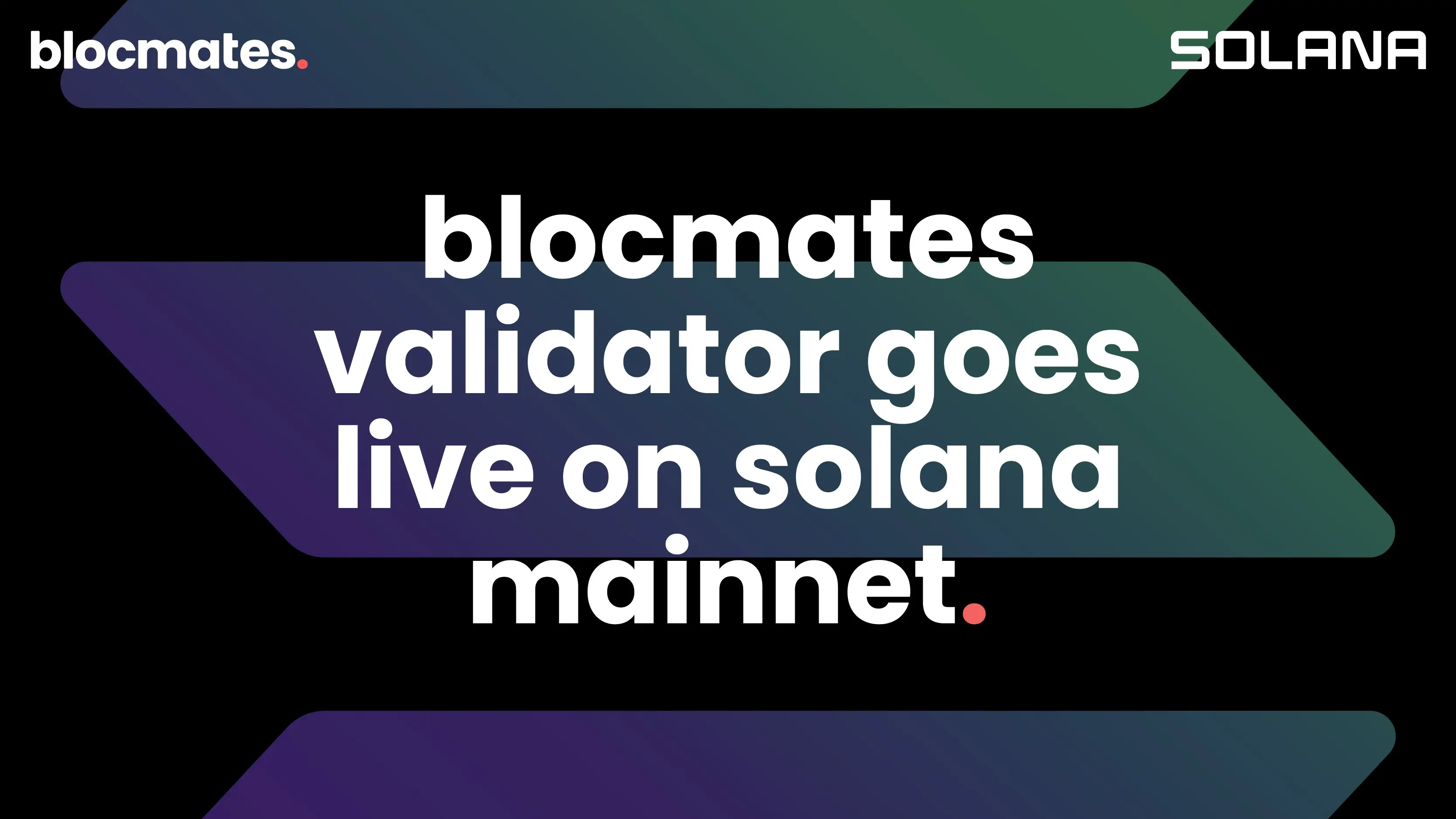
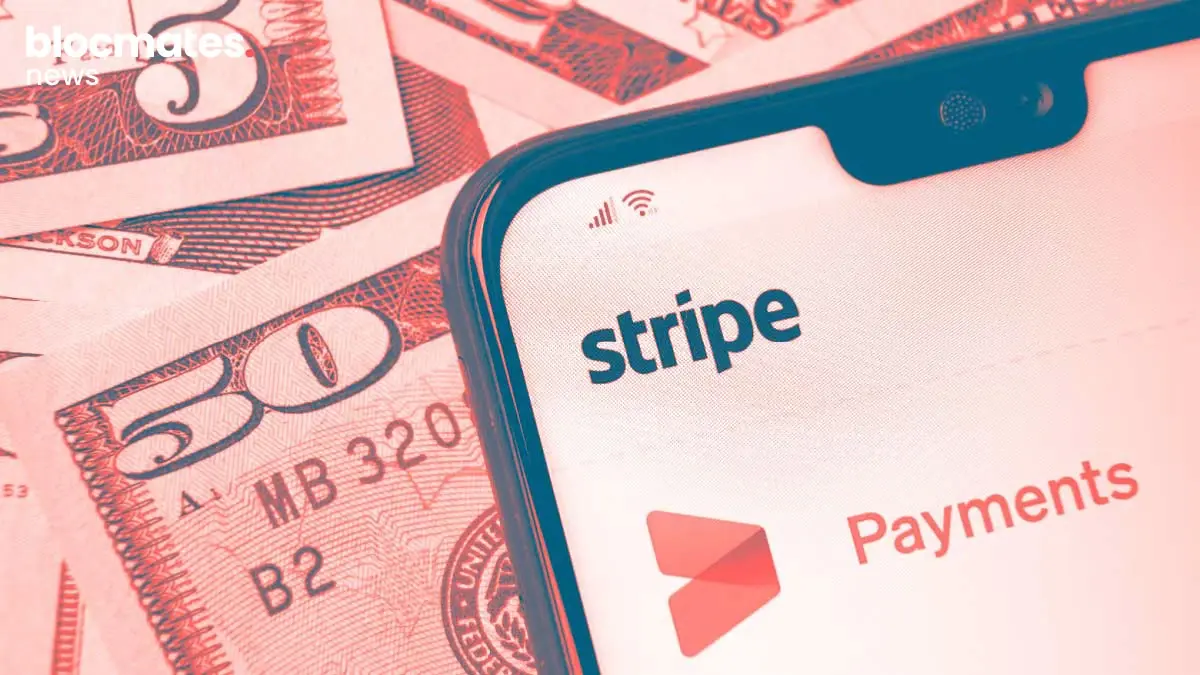
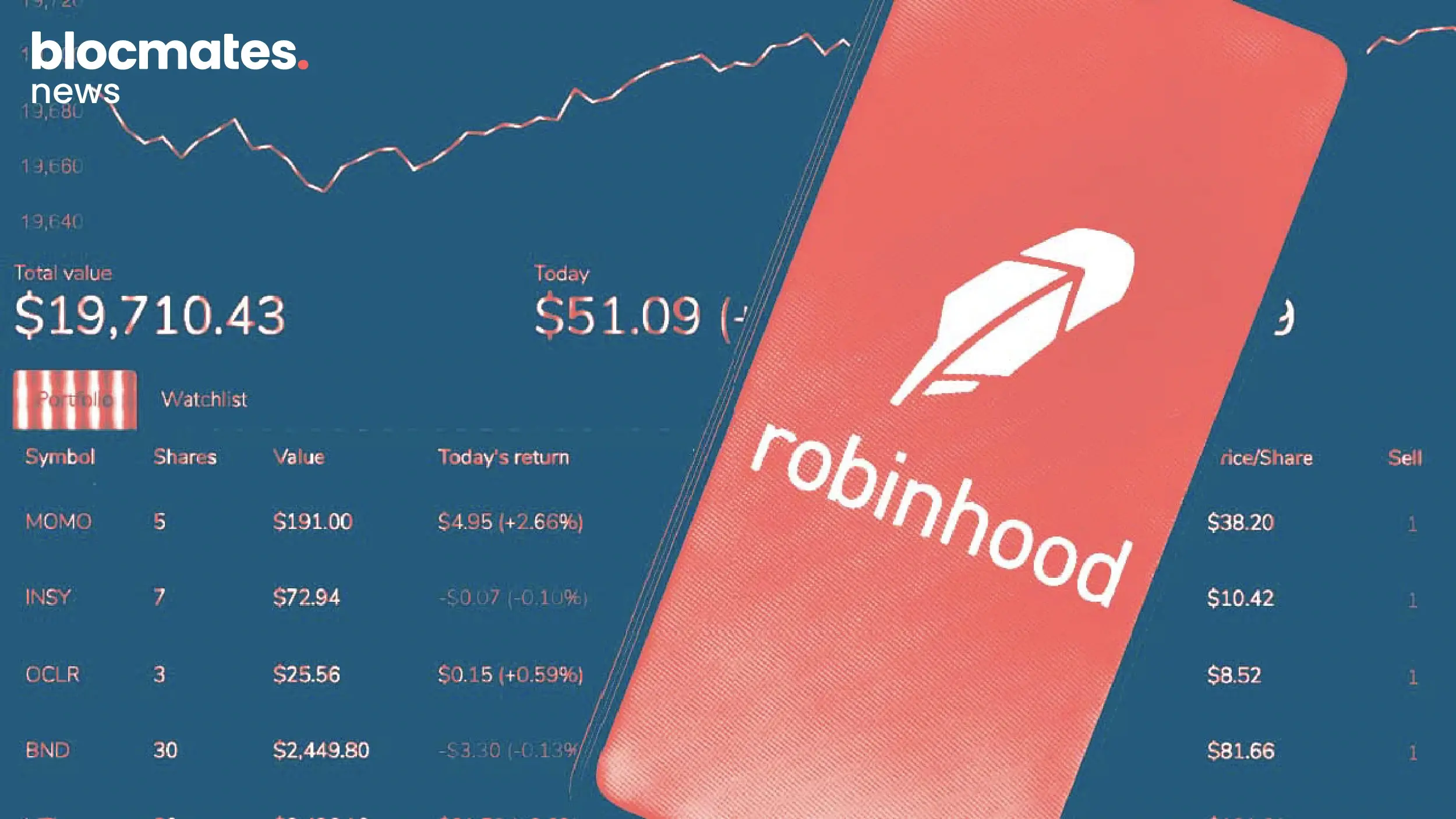


.webp)
